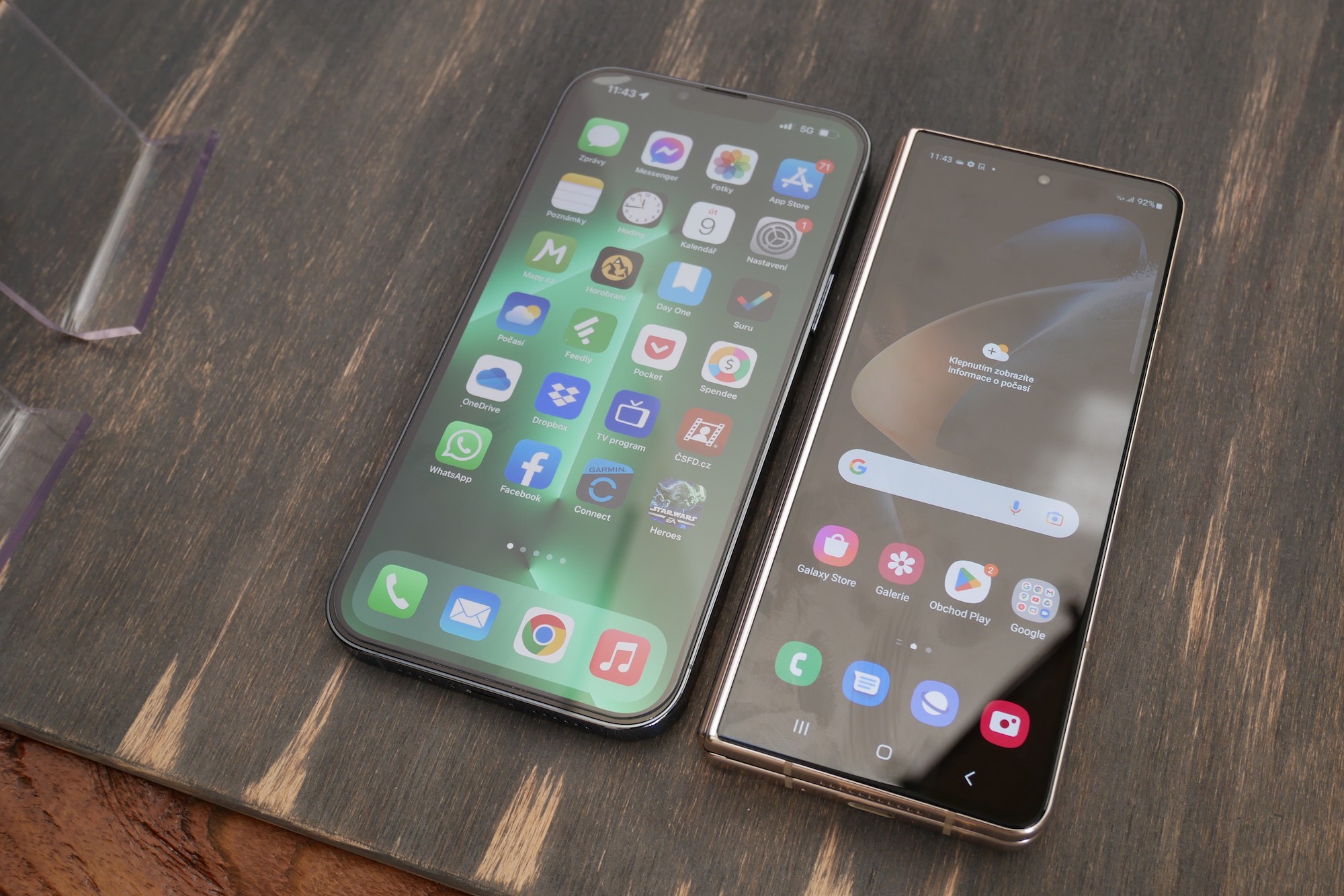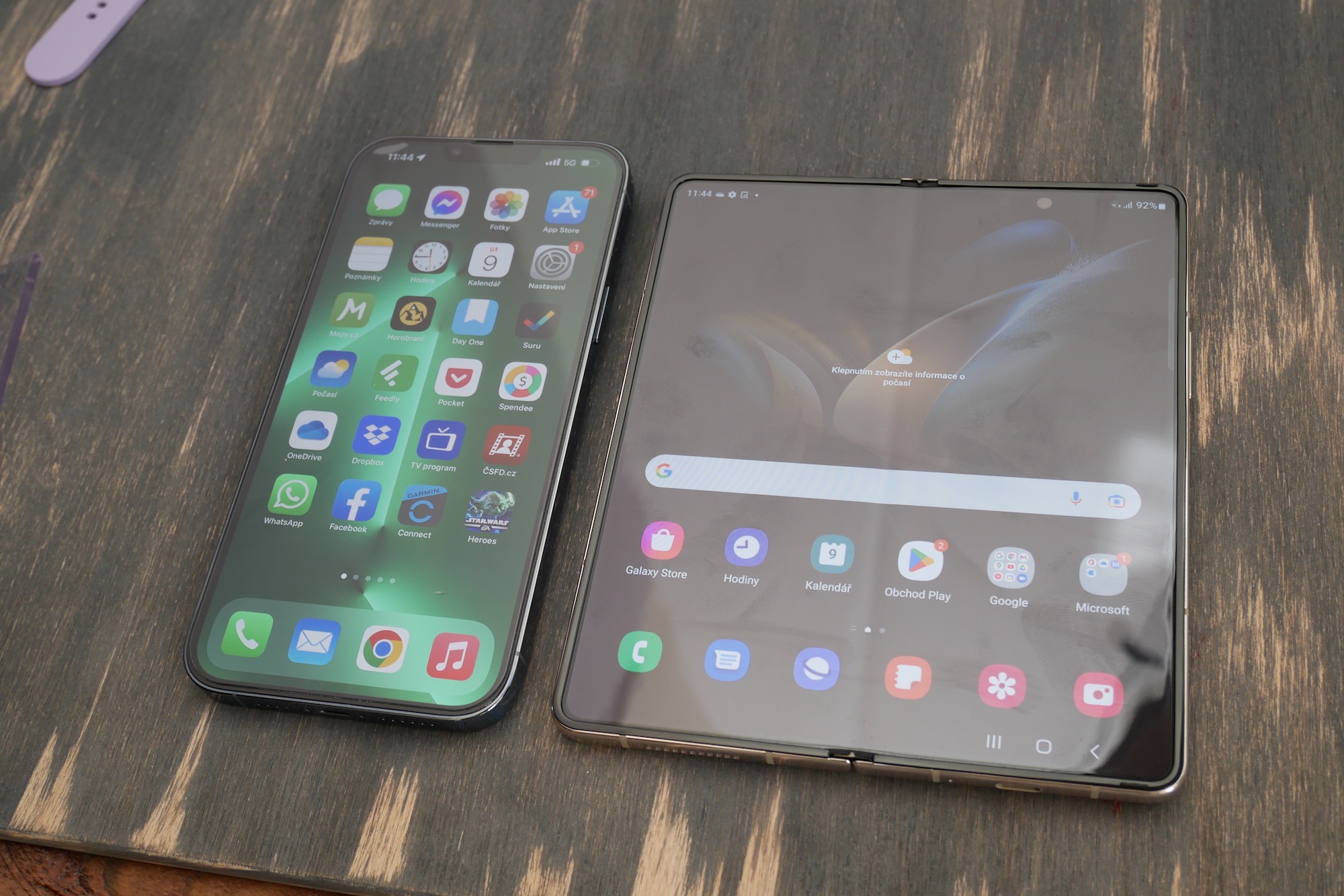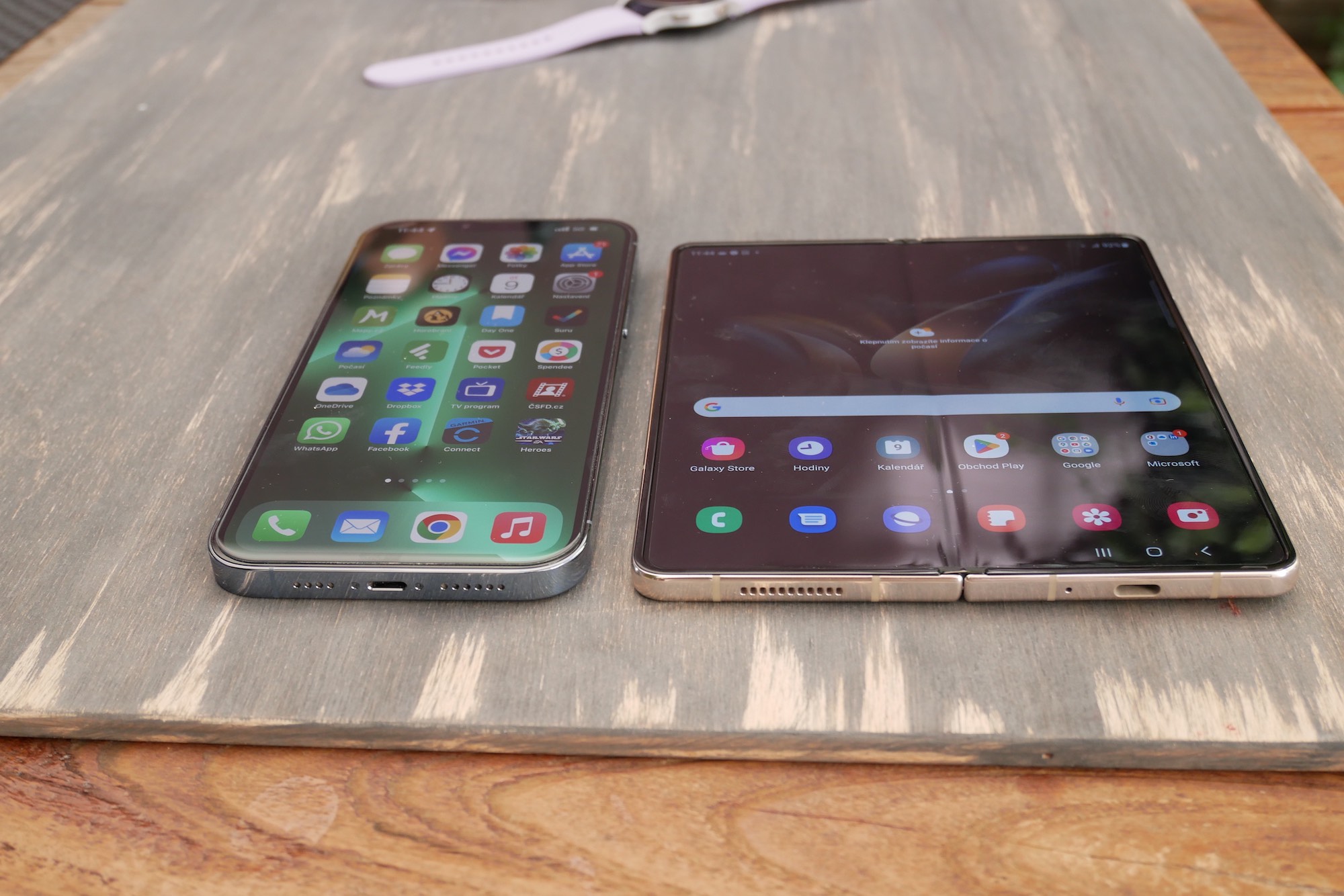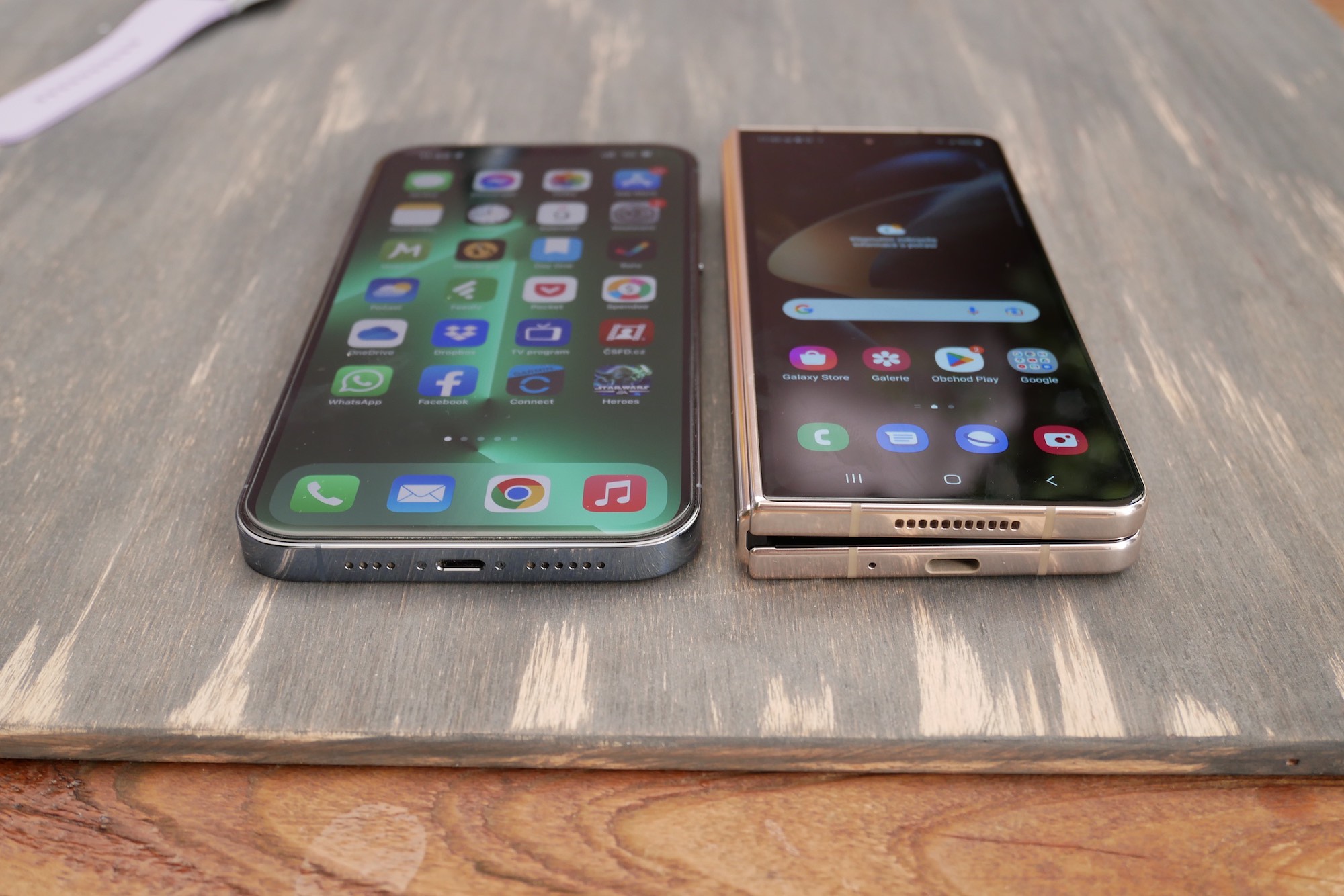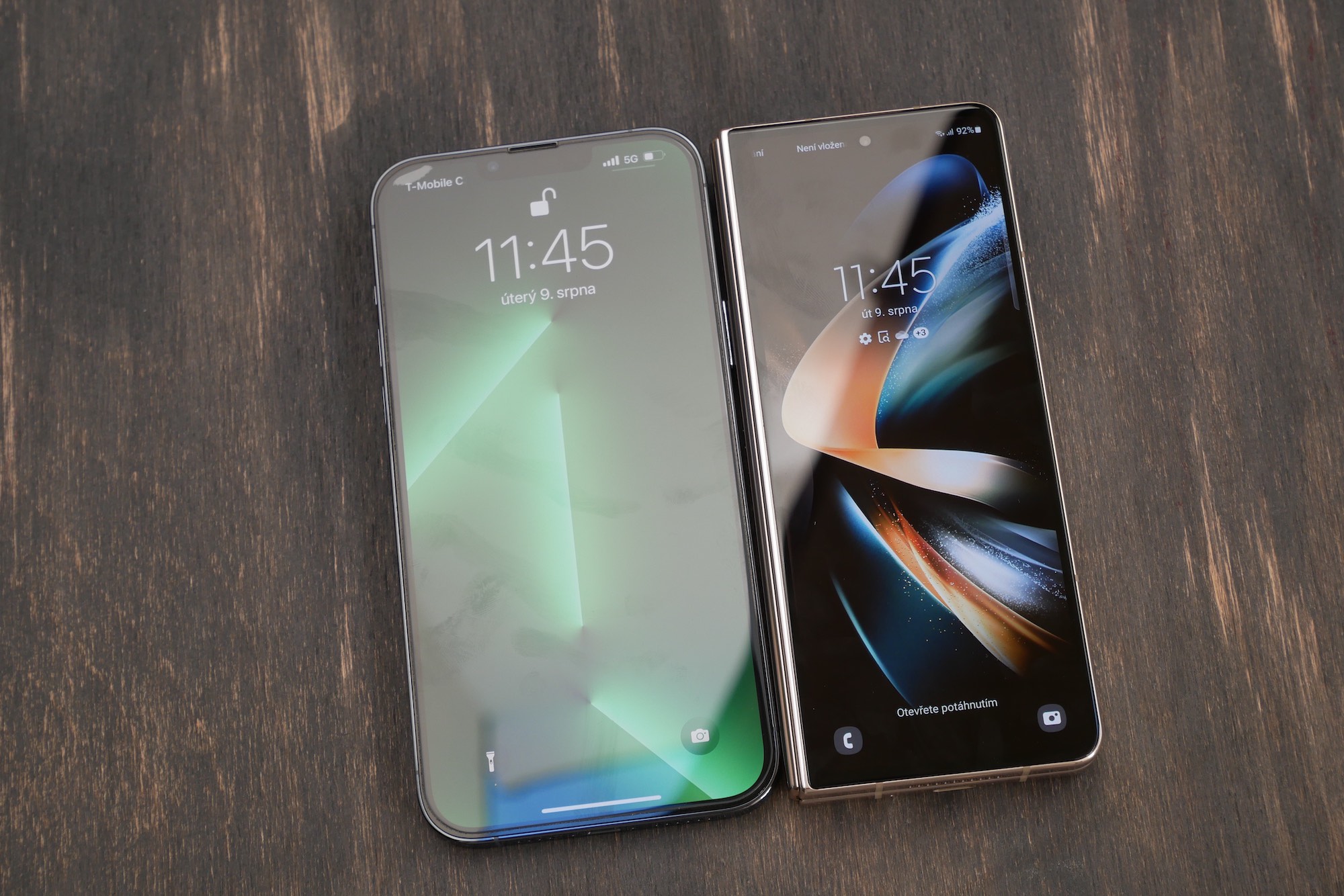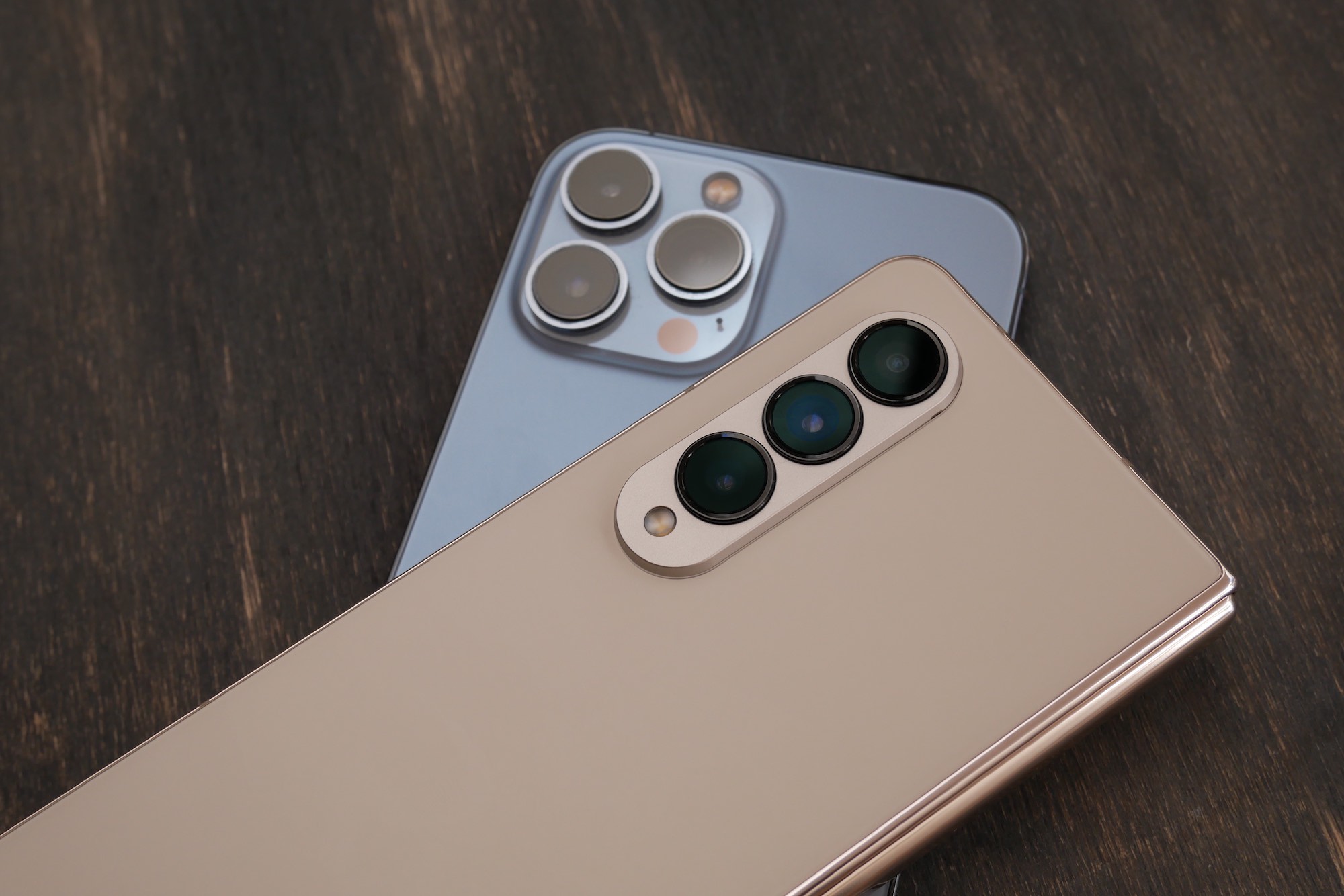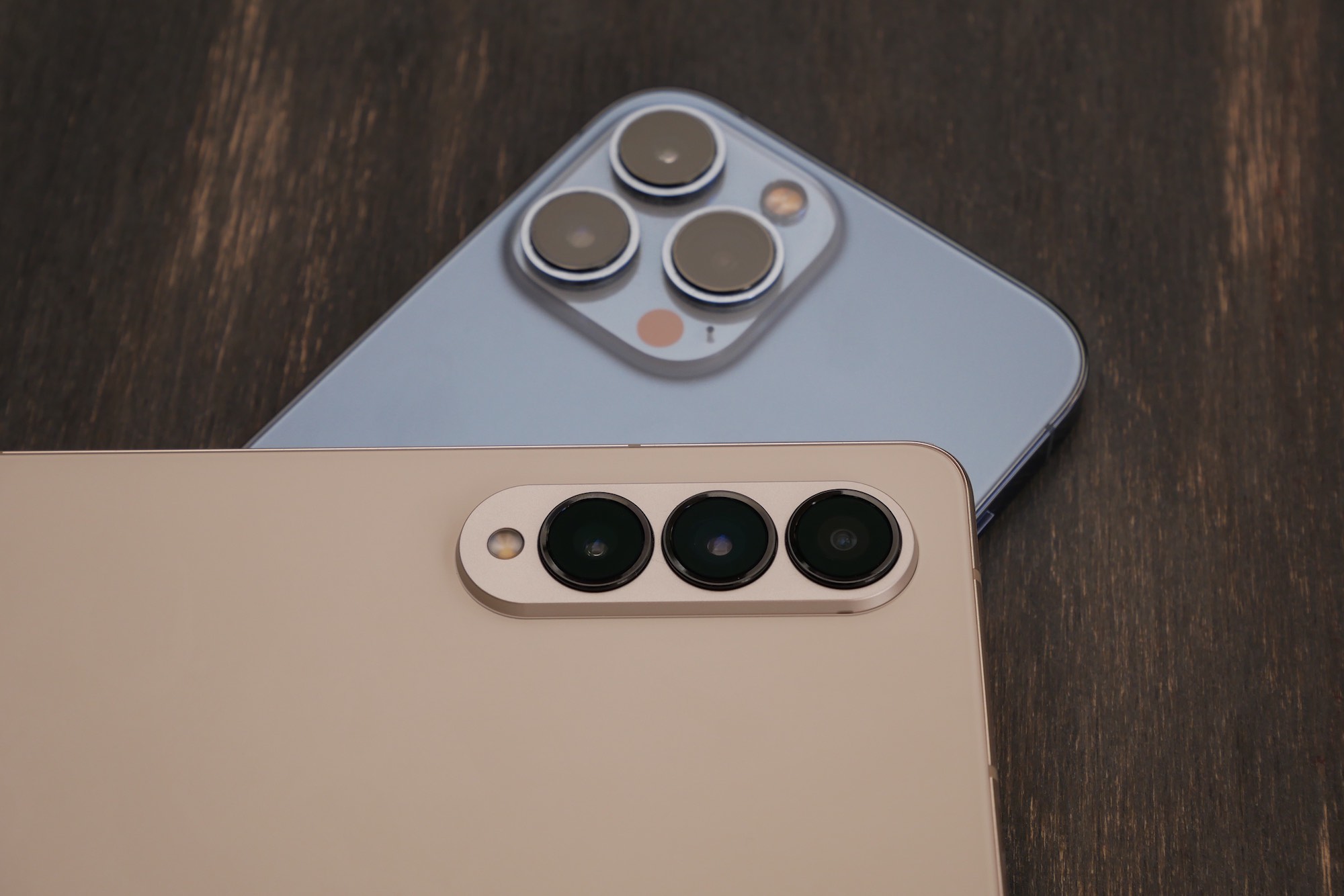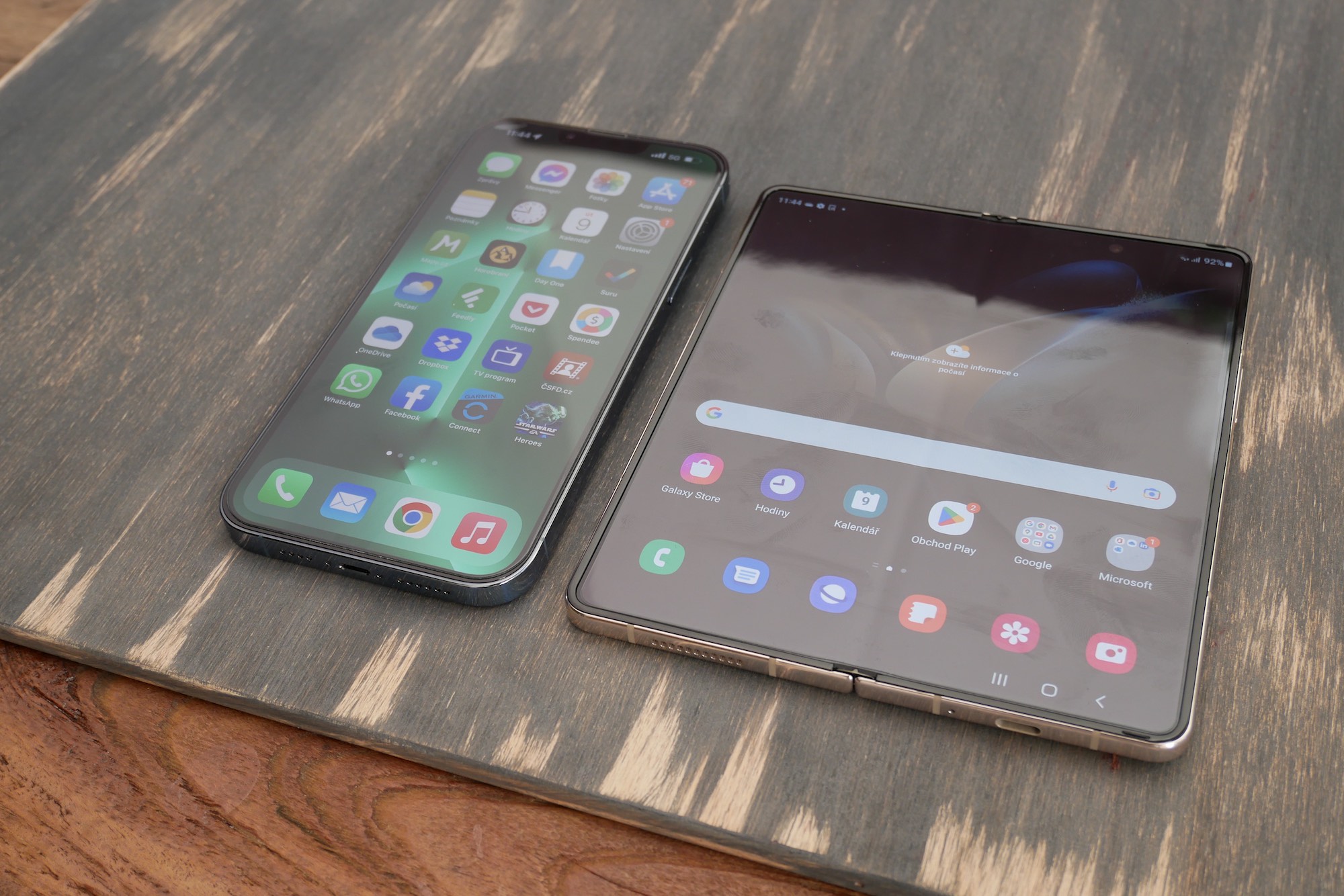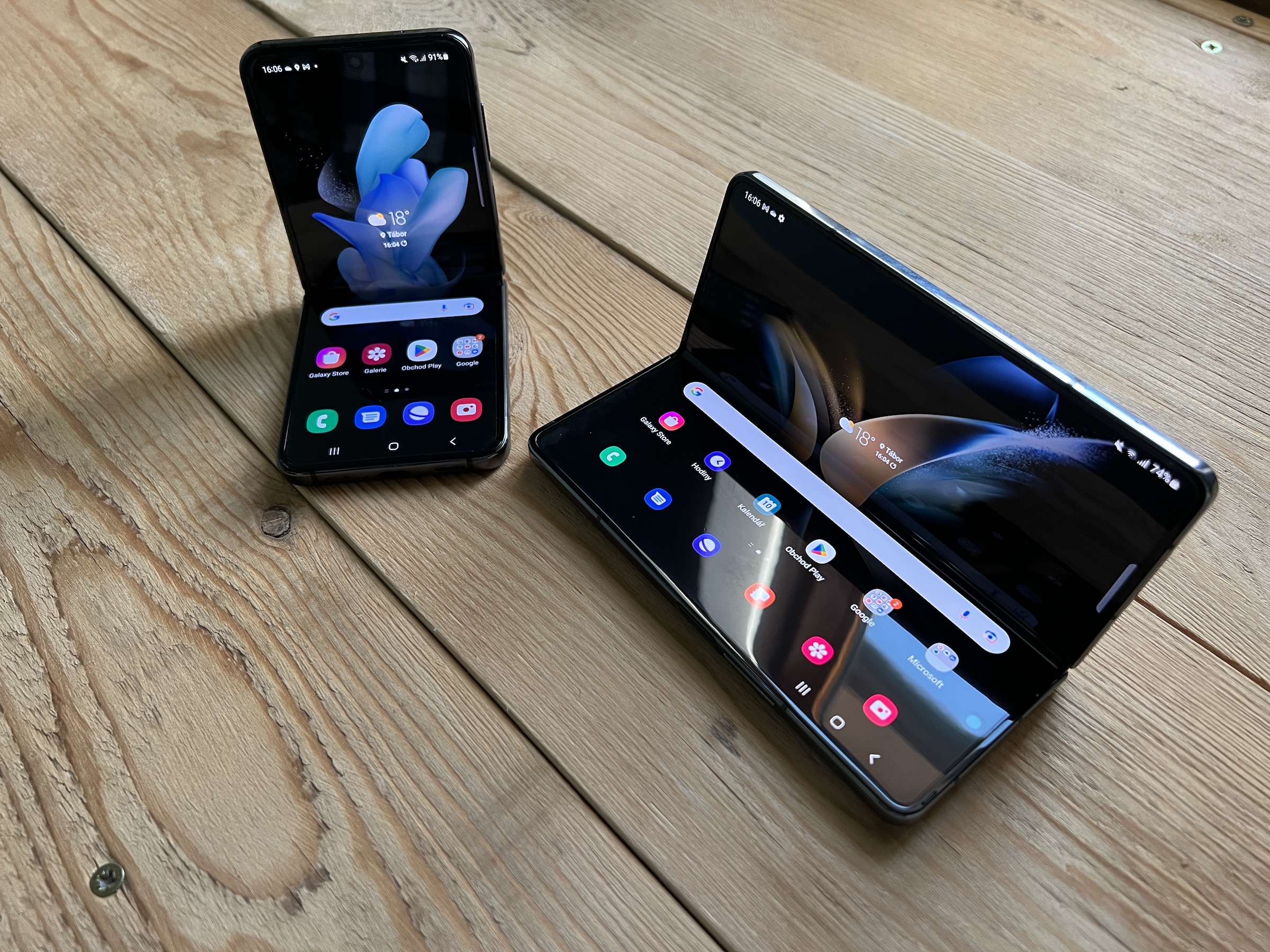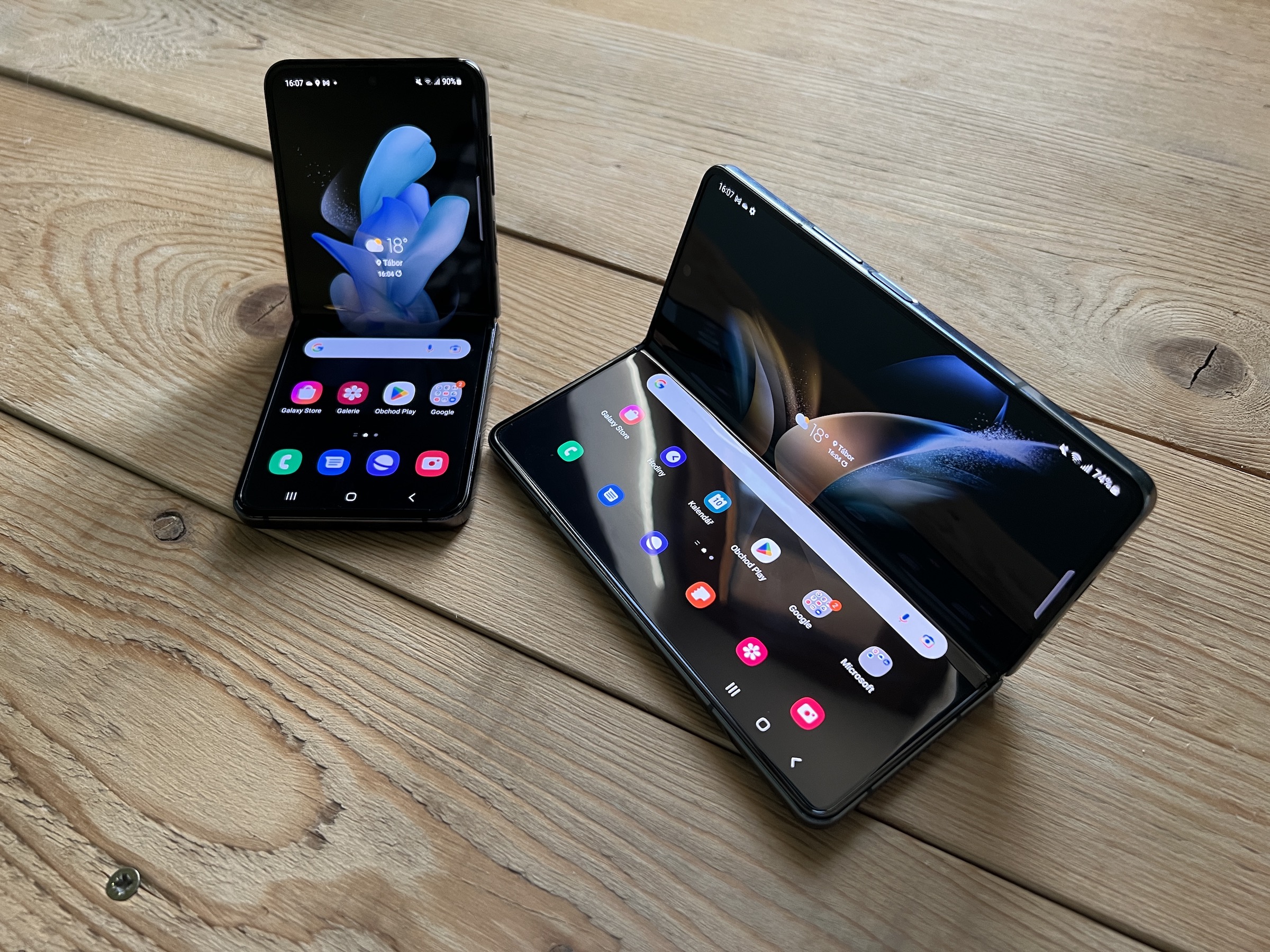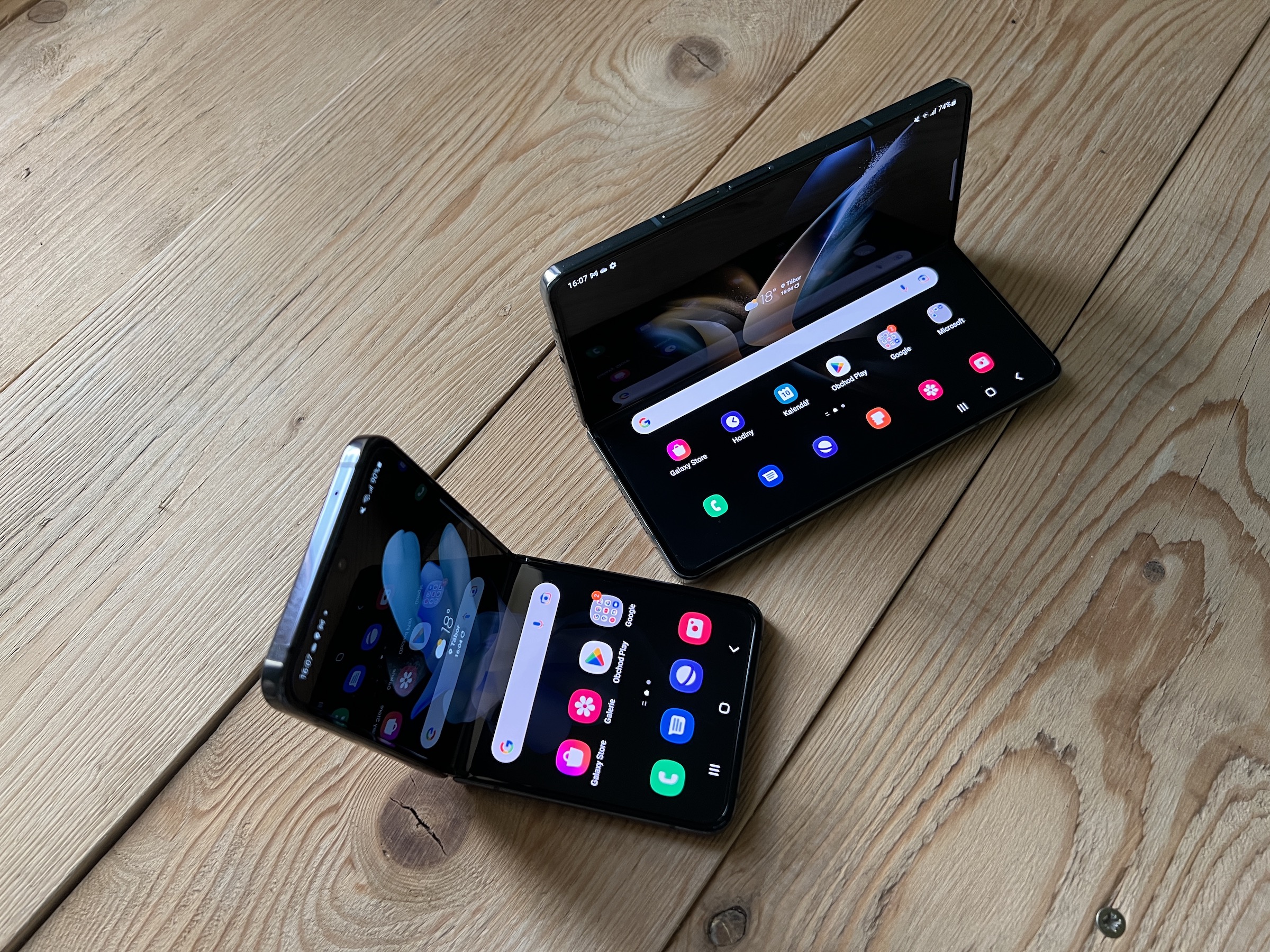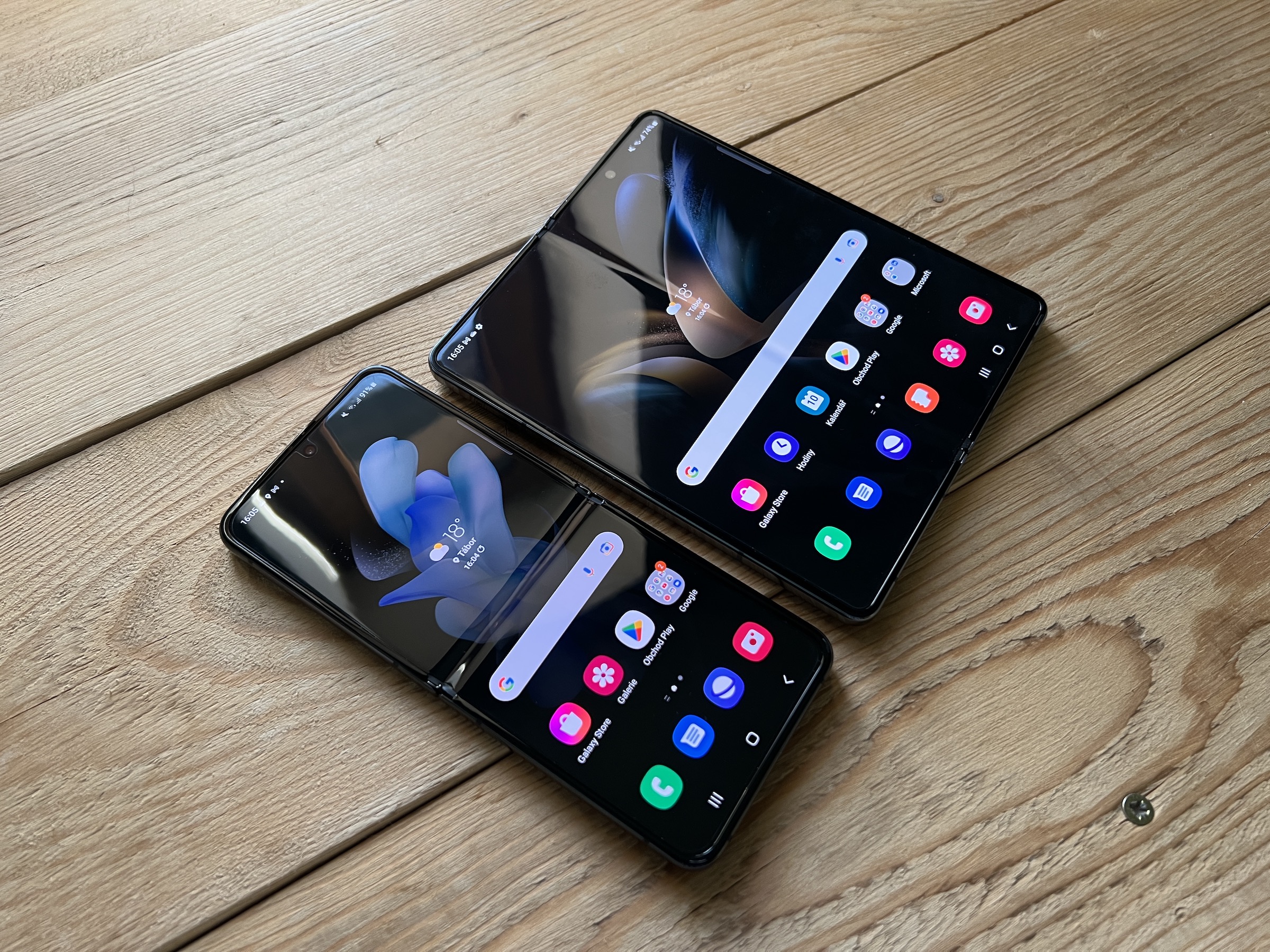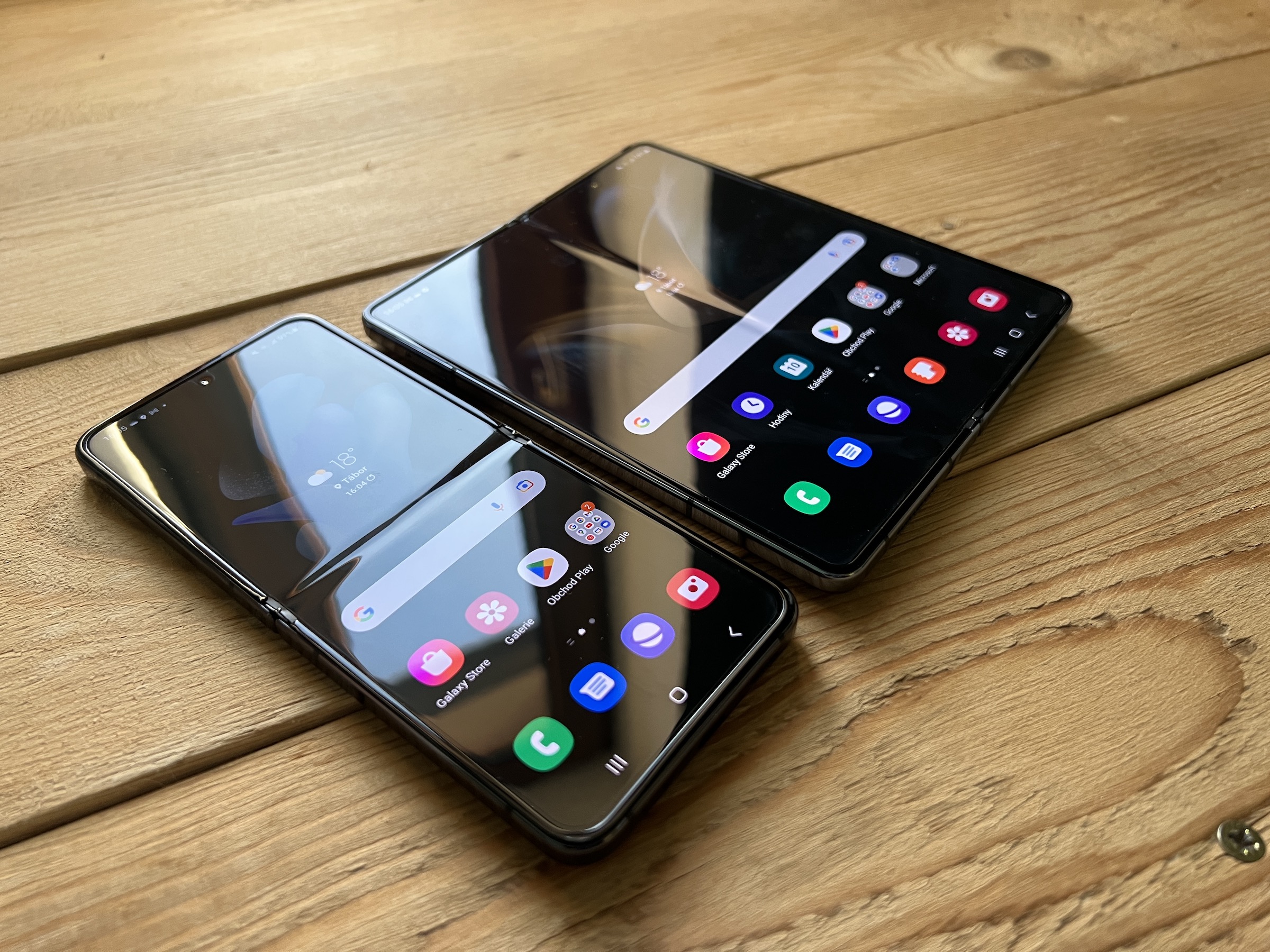When Apple introduced the first iPhone, you didn't have too many choices about which variant to go for. Then came at least two color variants, but more or less you could only choose the memory variant. This is how time went until the iPhone 5. With the next generation, Apple also introduced the iPhone 5C, when it flirted with more colors for the first time. However, iPhone 6 already provided the option to choose the size, i.e. basic or Plus.
Apple stayed with this for the next three years, respectively with the 6S and 7 models, because together with the iPhone 8 it also introduced its first bezel-less iPhone X. Then came attempts such as the XR designation, constants such as the Max designation, but now also a return to the past with the model 14 Plus, which instead replaced the mini version. But is the current distribution of forces in the iPhone portfolio sufficient, or would it not be enough, on the contrary, if the company introduced only one phone?
Too few improvements
Of course, we are referring in particular to what happened to the iPhone 14, which are indistinguishable from their predecessors and you can count their innovations on the fingers of one hand. We're used to Apple improving cameras every year, but is it really that desirable? Especially with the base line without the Pro moniker, it may not be entirely necessary, since basic users won't see the intergenerational shift anyway.
This time, Apple even managed to increase the performance significantly, when the A15 Bionic from the iPhone 13 Pro was given to the iPhone 14. This also makes us think about whether it would not be enough for Apple to release just one phone model. Could he really afford it this year, and would anyone be mad at him for it? We all unanimously criticized the basic iPhone 14 and praised the iPhone 14 Pro, even though the situation with their deliveries to the market is stabilizing only now.
It could be interest you
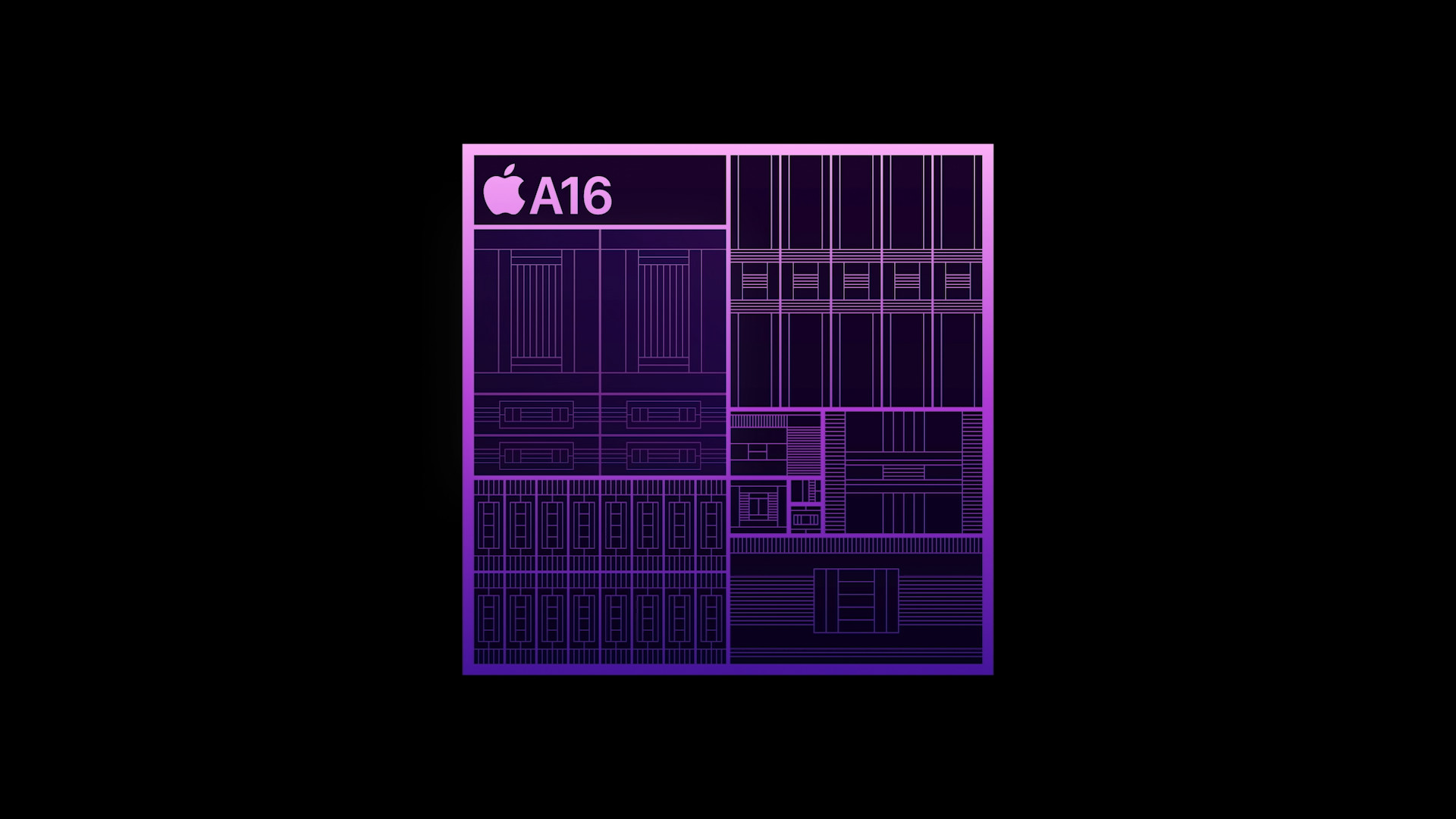
iPhone 15 Ultra and jigsaw puzzles
Now let's ignore the marketing and the fact that Apple has to introduce a new line of iPhones just to advertise the new phones regardless of how little new they actually bring. Consider that, given the market situation, iPhone 14 stocks are full and there is still a hunger for iPhone 14 Pro. There is now speculation about what the iPhone 15 (Pro) will be able to do, and there is not a lot when the main thing is a titanium frame.
But when was the last time Apple changed the material used for the device's chassis? It was precisely with the iPhone X, which came instead of aluminum with steel. If Apple now replaces steel with titanium, it could mean that the iPhone 15 will be an anniversary again, something more, something that could repeat last year's situation with the Apple Watch Ultra. Apple could thus introduce only two sizes of the iPhone 15 Ultra, with which it would simultaneously sell the iPhone 14 and iPhone 14 Pro. It would not be out of the question considering its strategy of selling older iPhone models, where you can currently buy iPhones 13 and even 12 in the Apple Online Store.
Since it would practically be an expansion of the portfolio, it would mean that the Ultra could be priced even higher and maintain the current prices of the current generation, and for that matter the previous ones as well. Customers would thus choose whether they want a premium device, or whether they will be satisfied with the Pro models, which will be sufficient for the coming trends for a long time, or the basis in the form of a standard series, from which they will not have such demands for performance and other functions.
It could be interest you

Then there's the question of when the company will come out with flexible iPhones. Will they replace an existing model, or will it be a new series? If it were the second mentioned case, we would have iPhone 14, iPhone 14 Plus, iPhone 14 Pro, iPhone 14 Pro Max, iPhone 15 Ultra and maybe iPhone 15 Flex. And isn't that a bit too much?
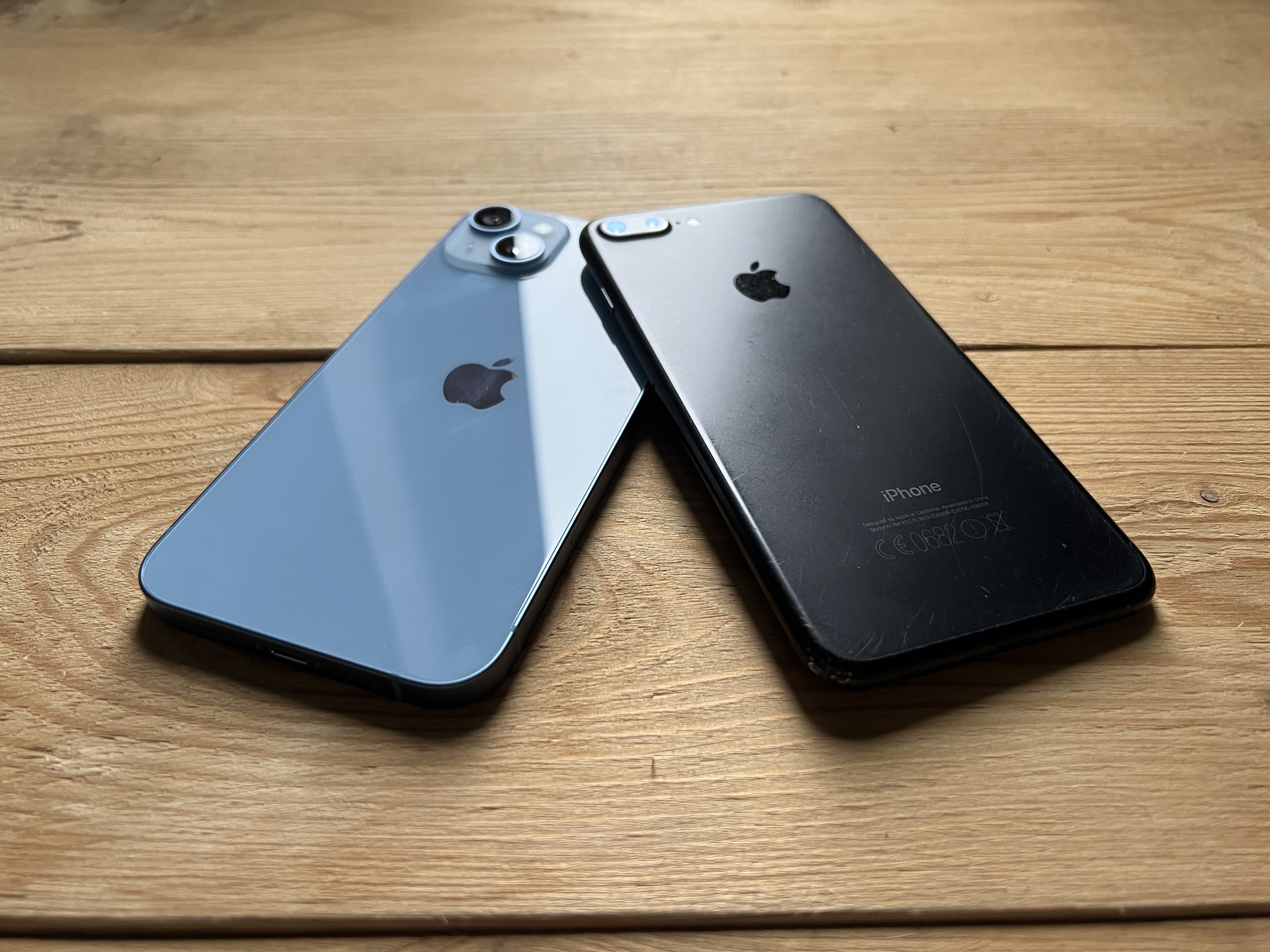

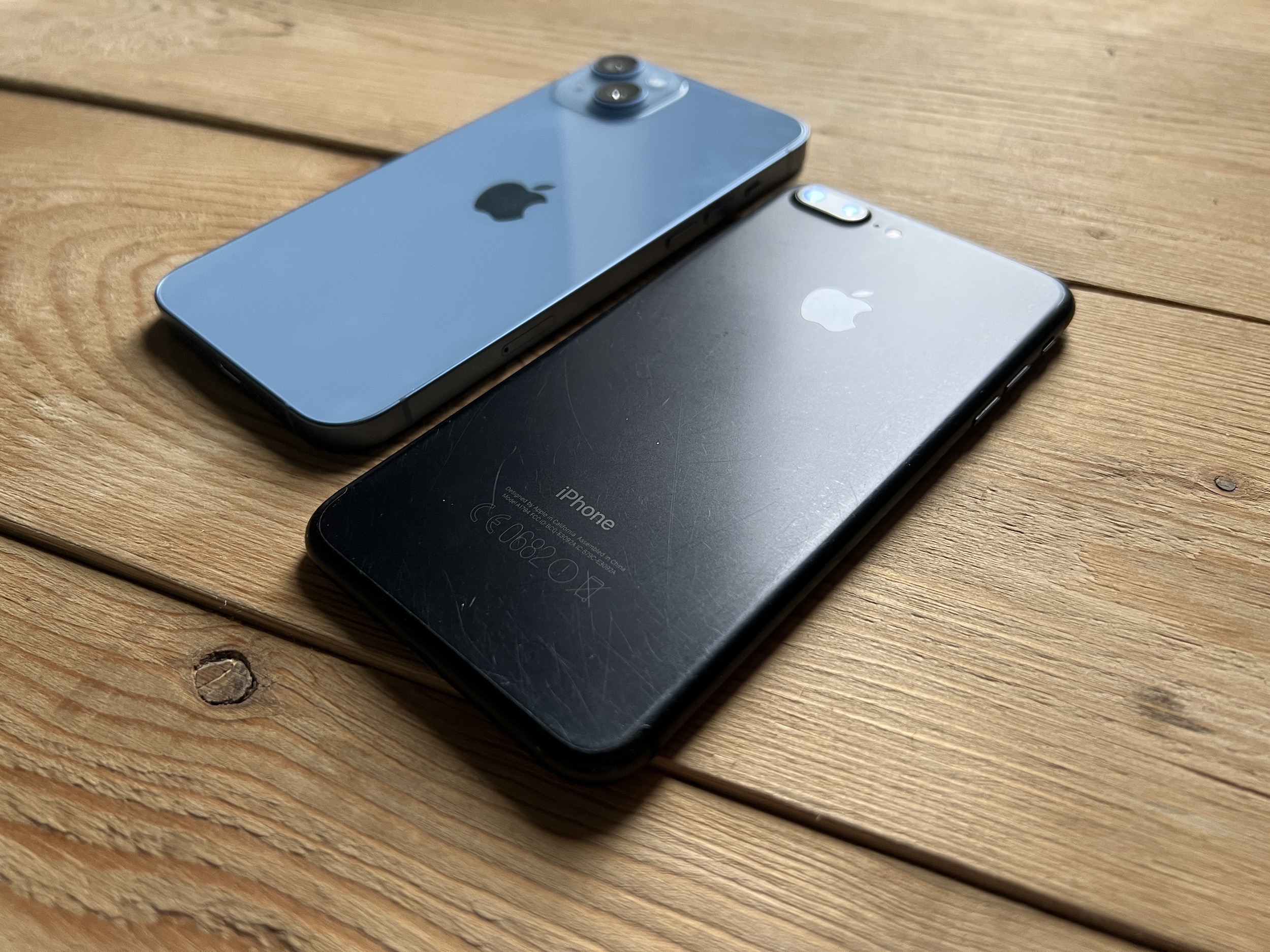
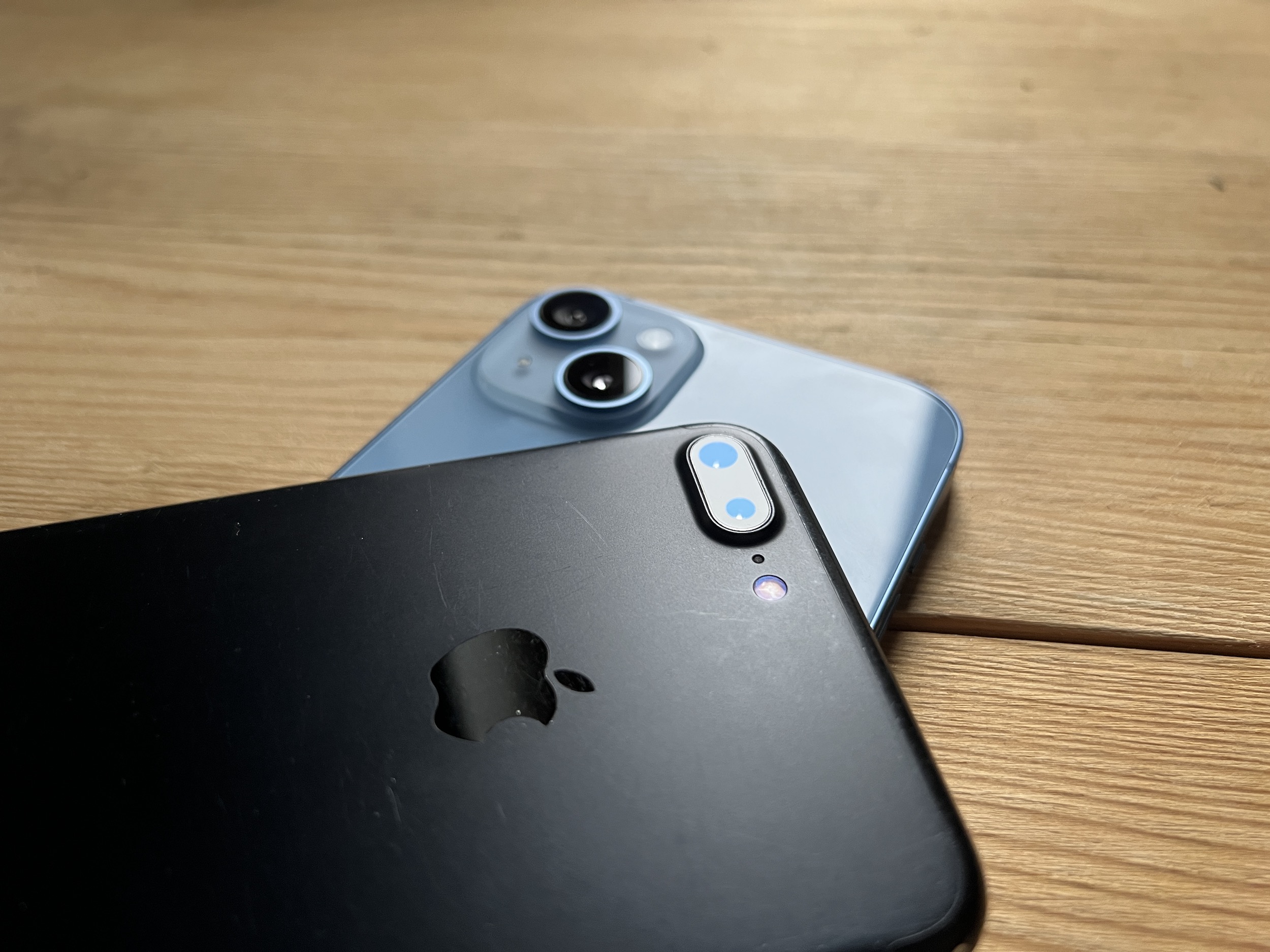
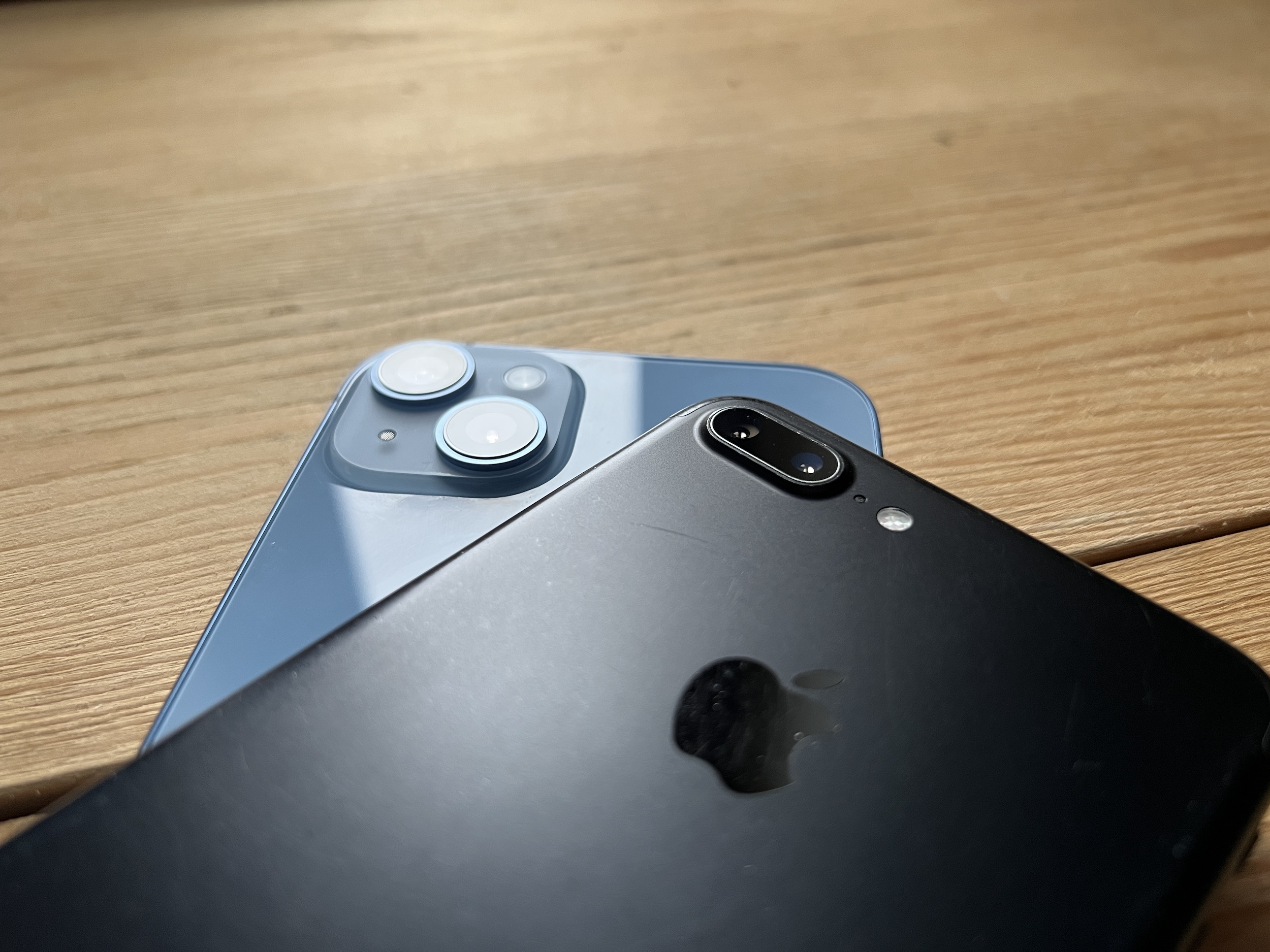
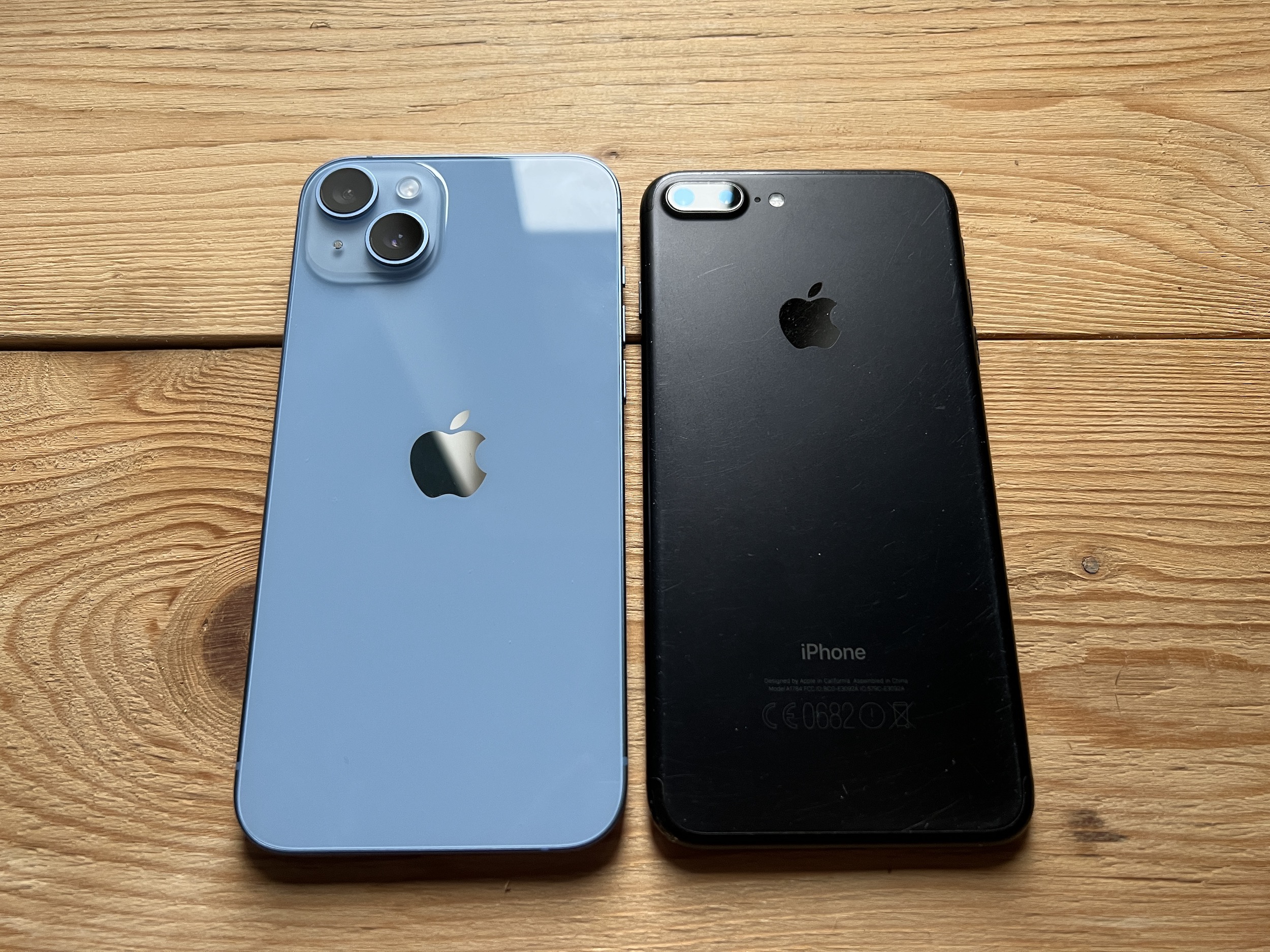
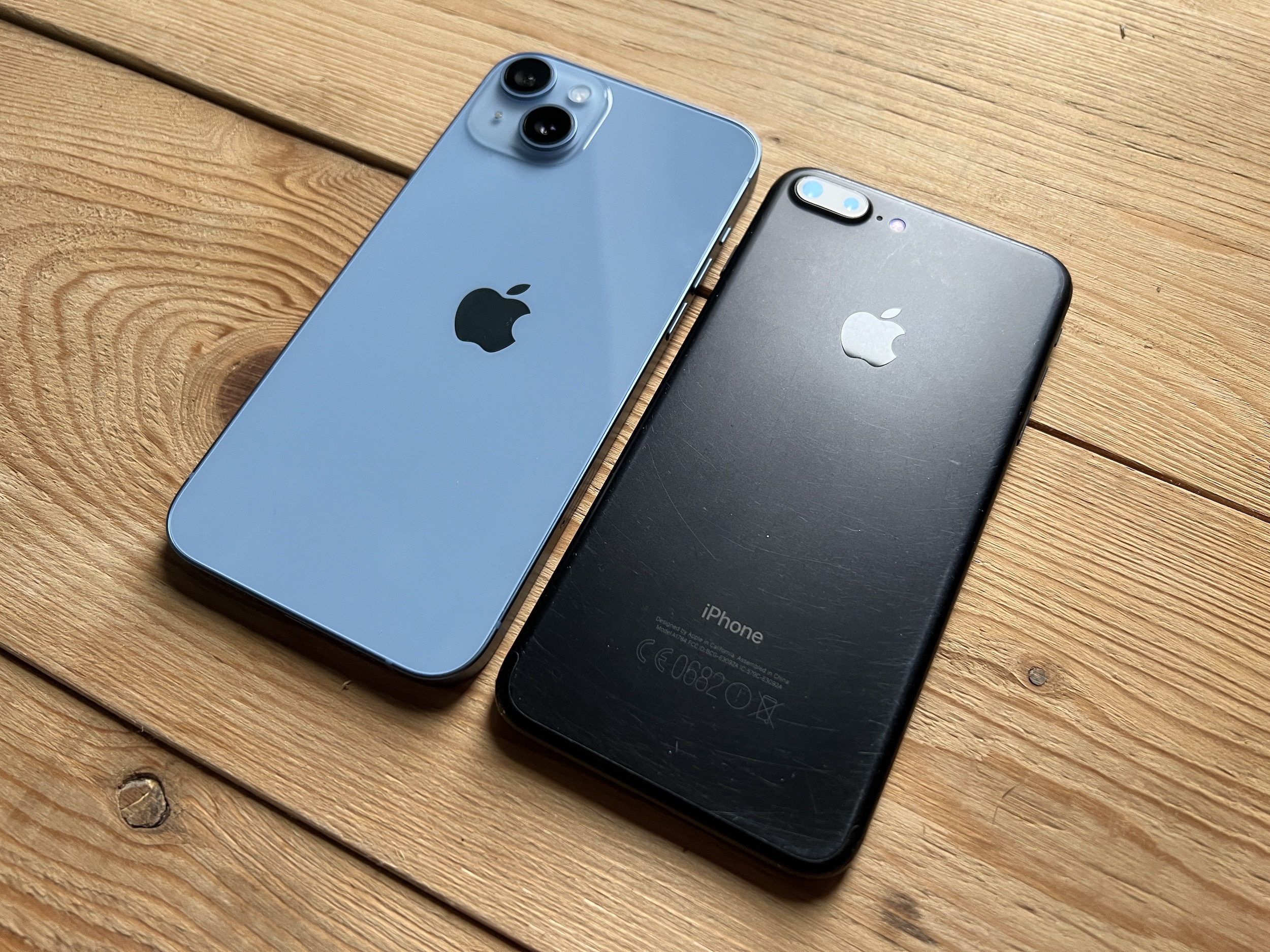

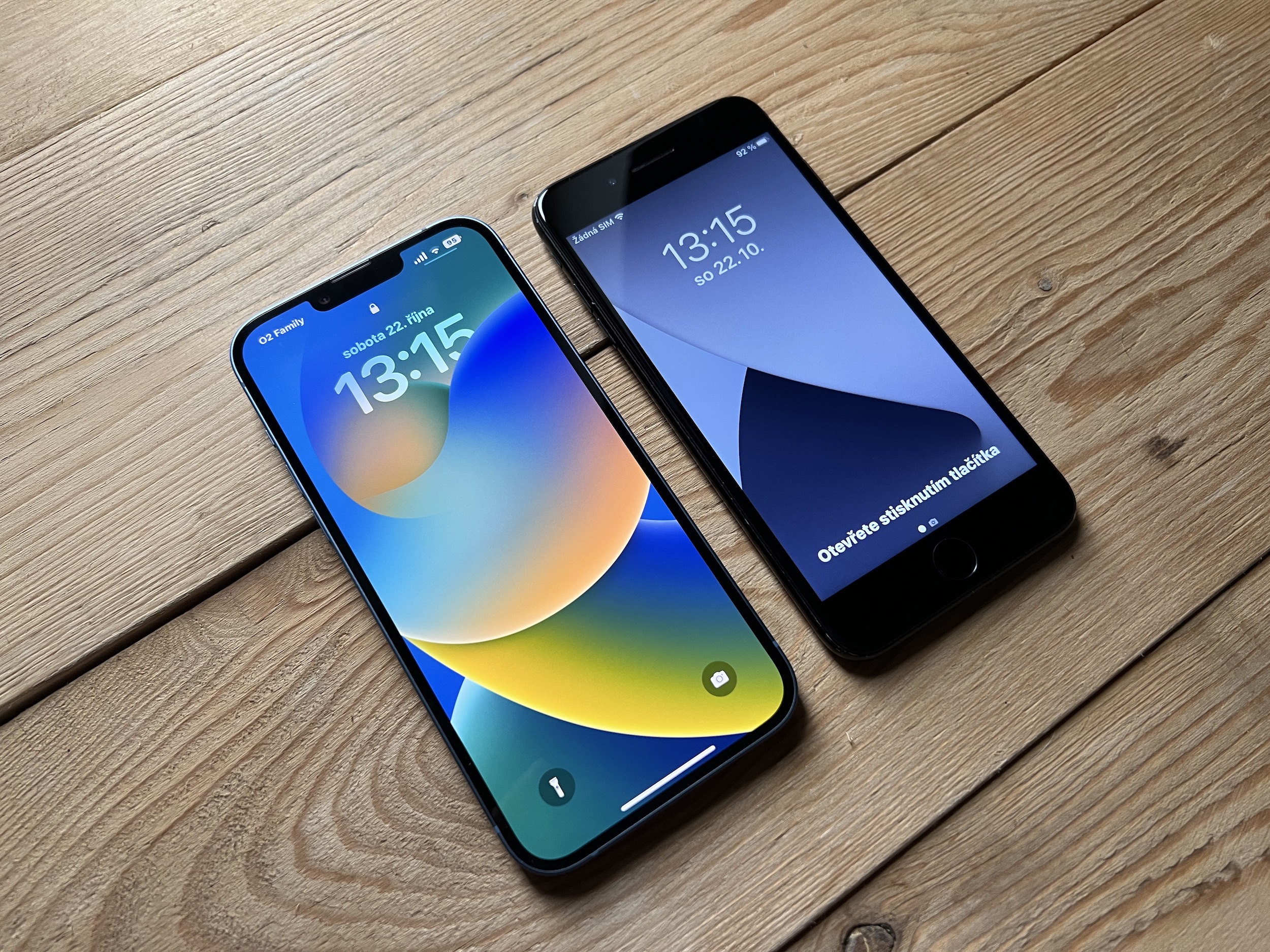

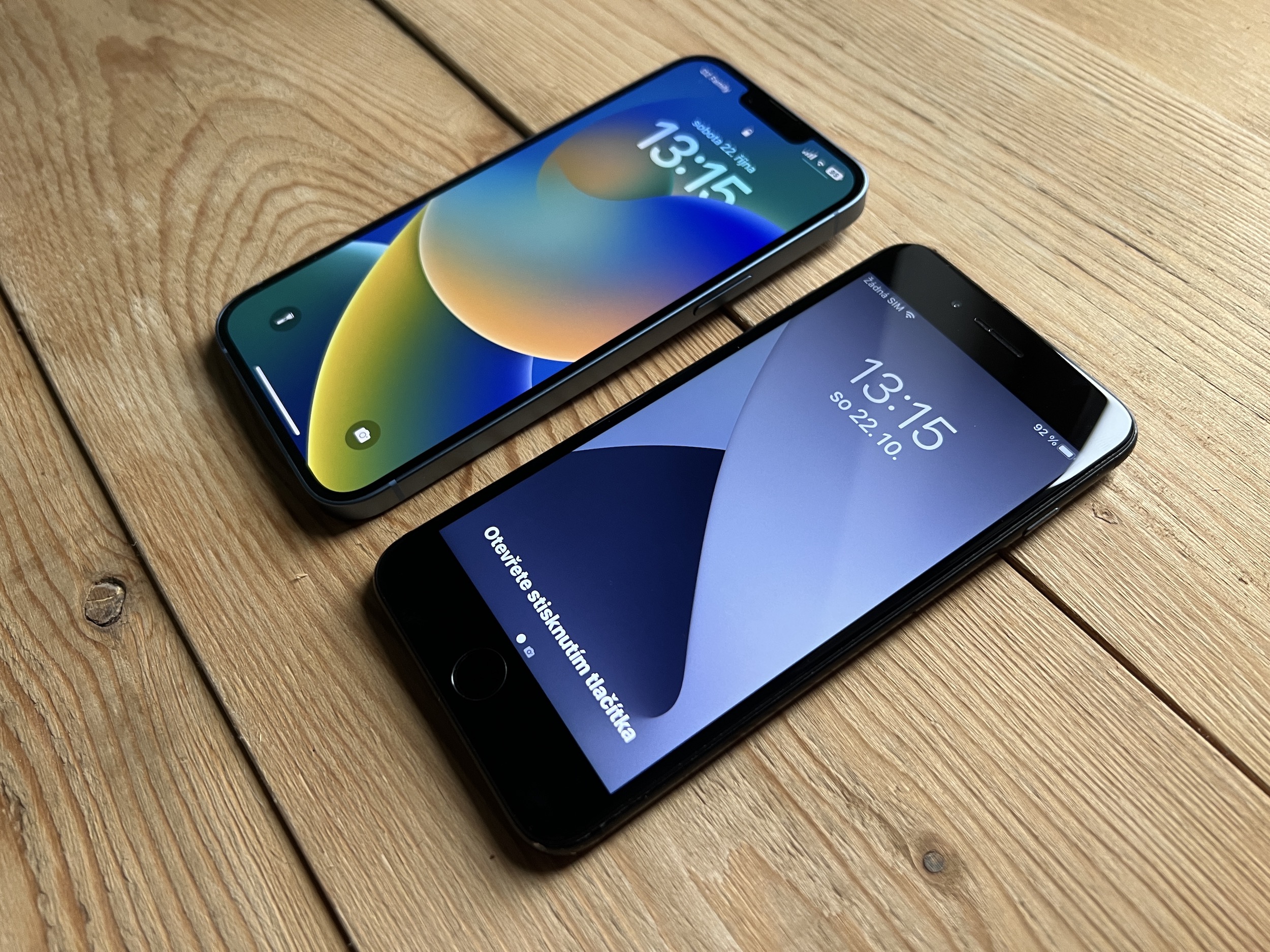
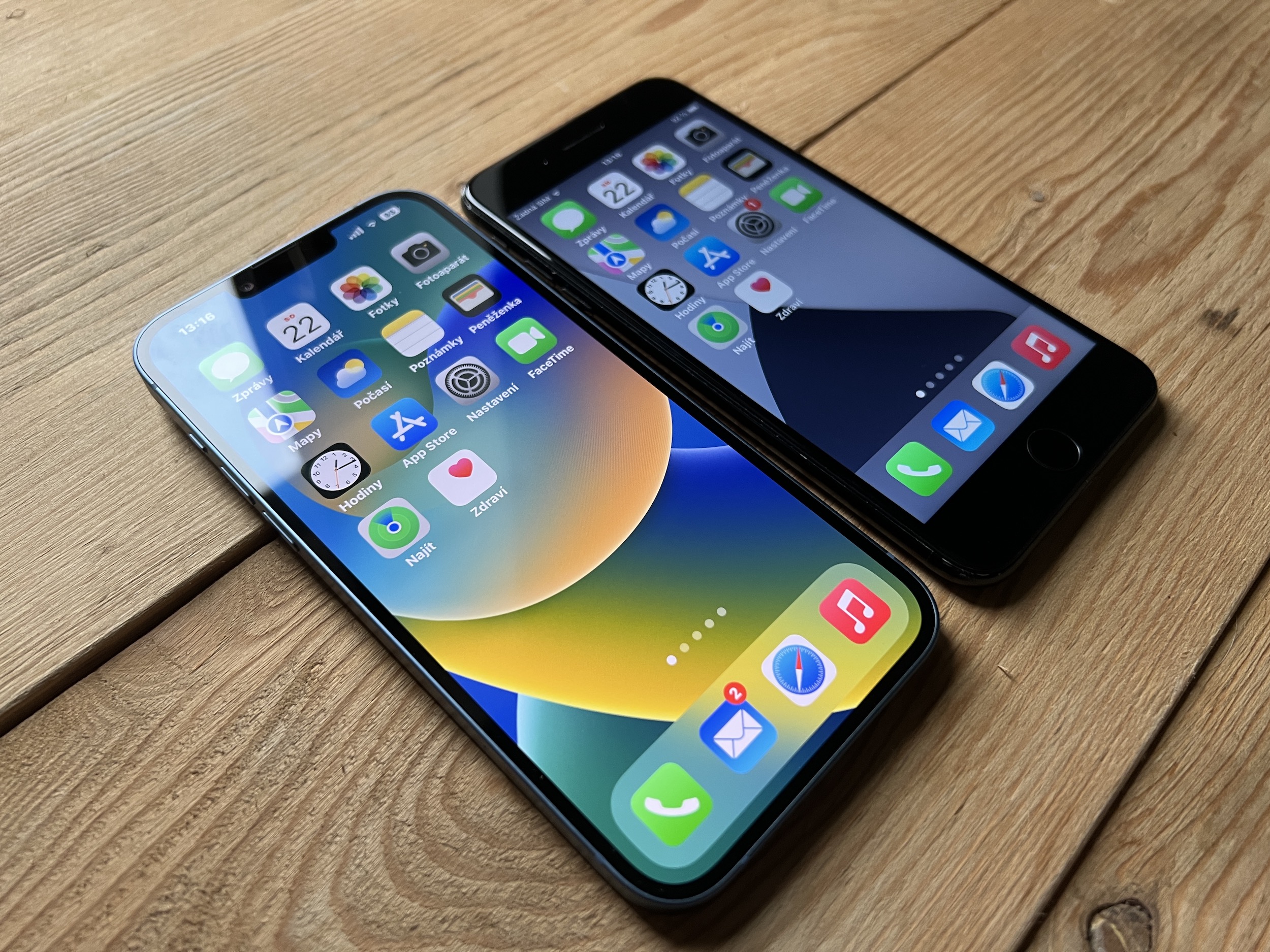
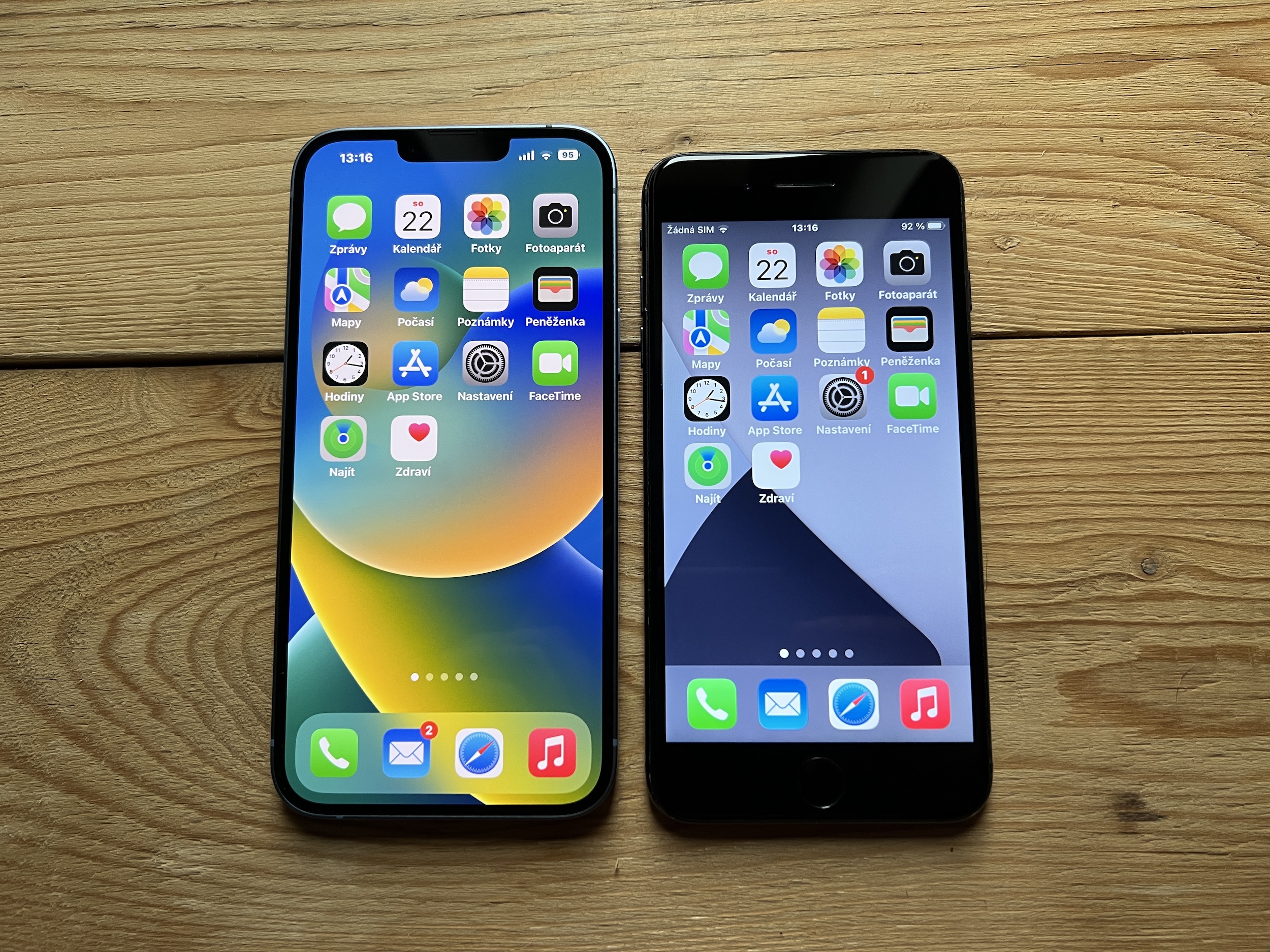

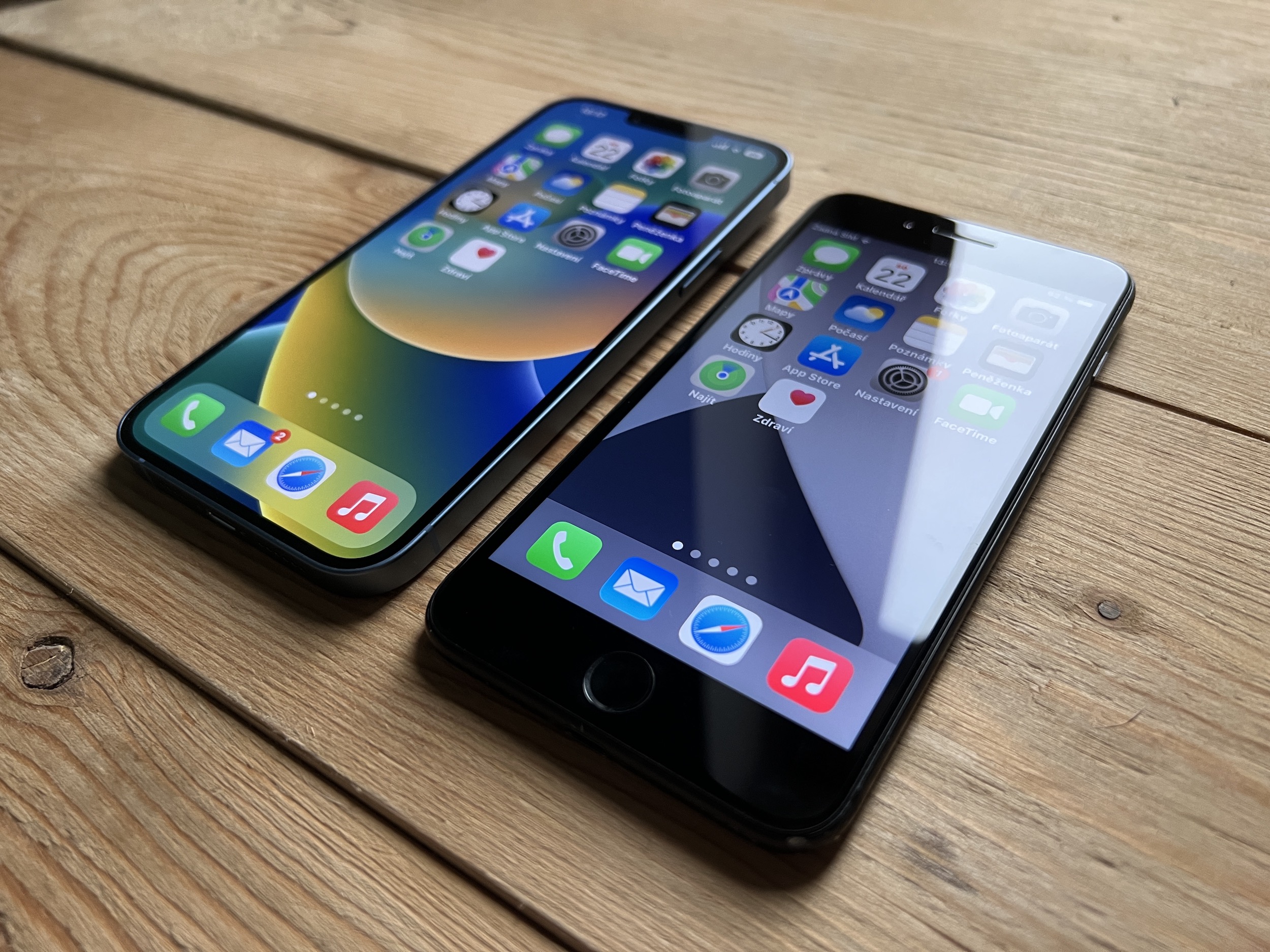

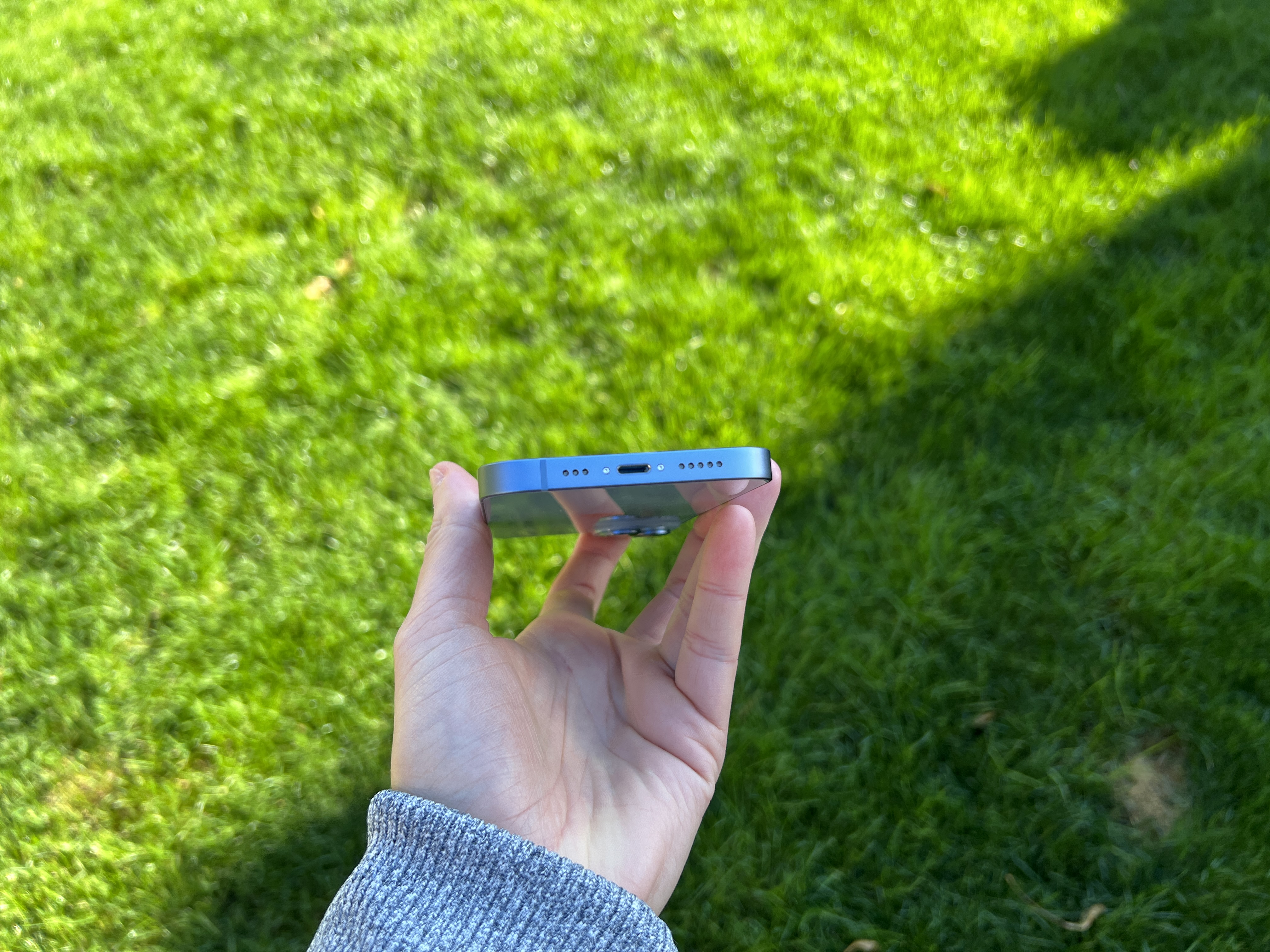
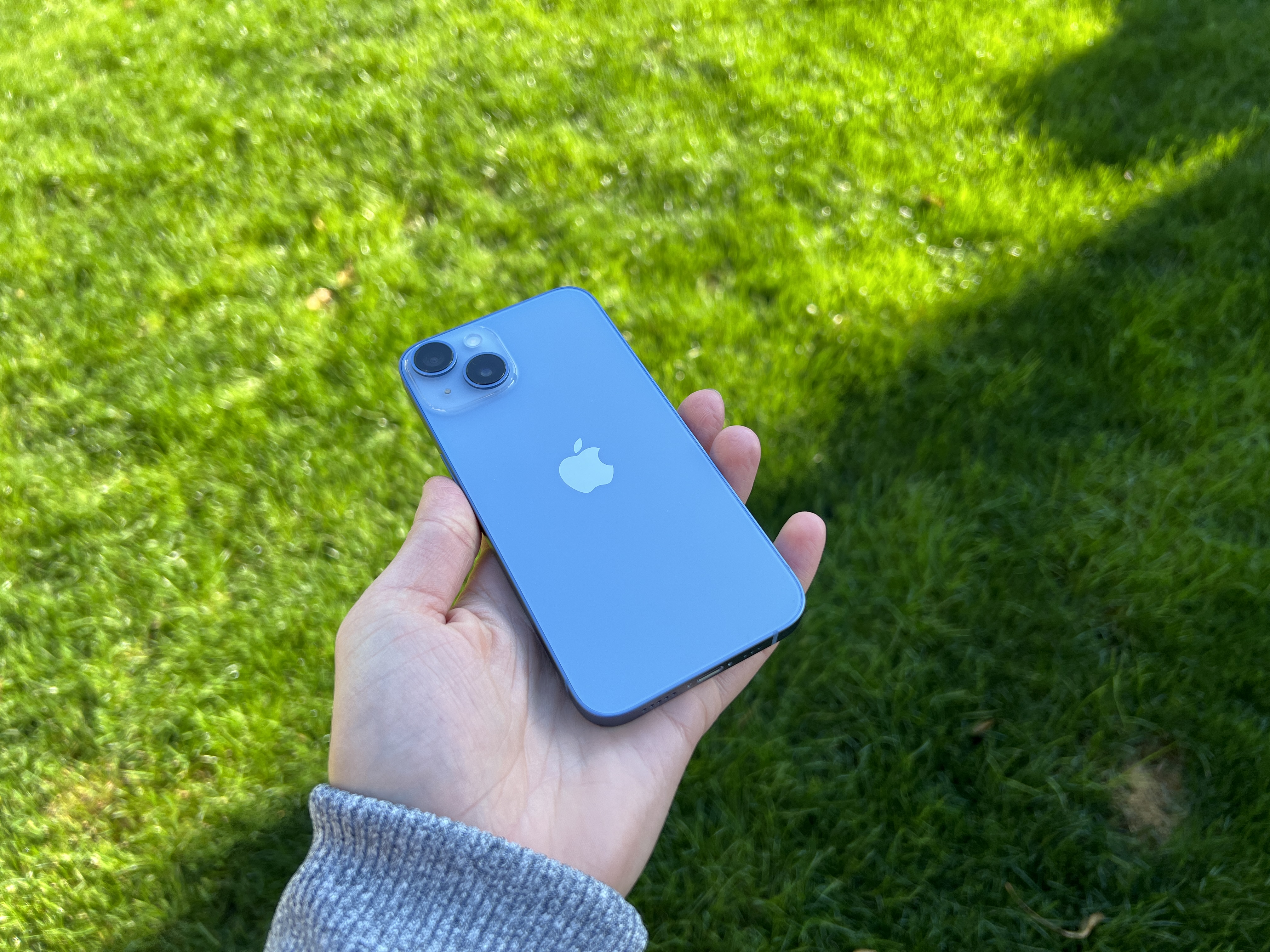



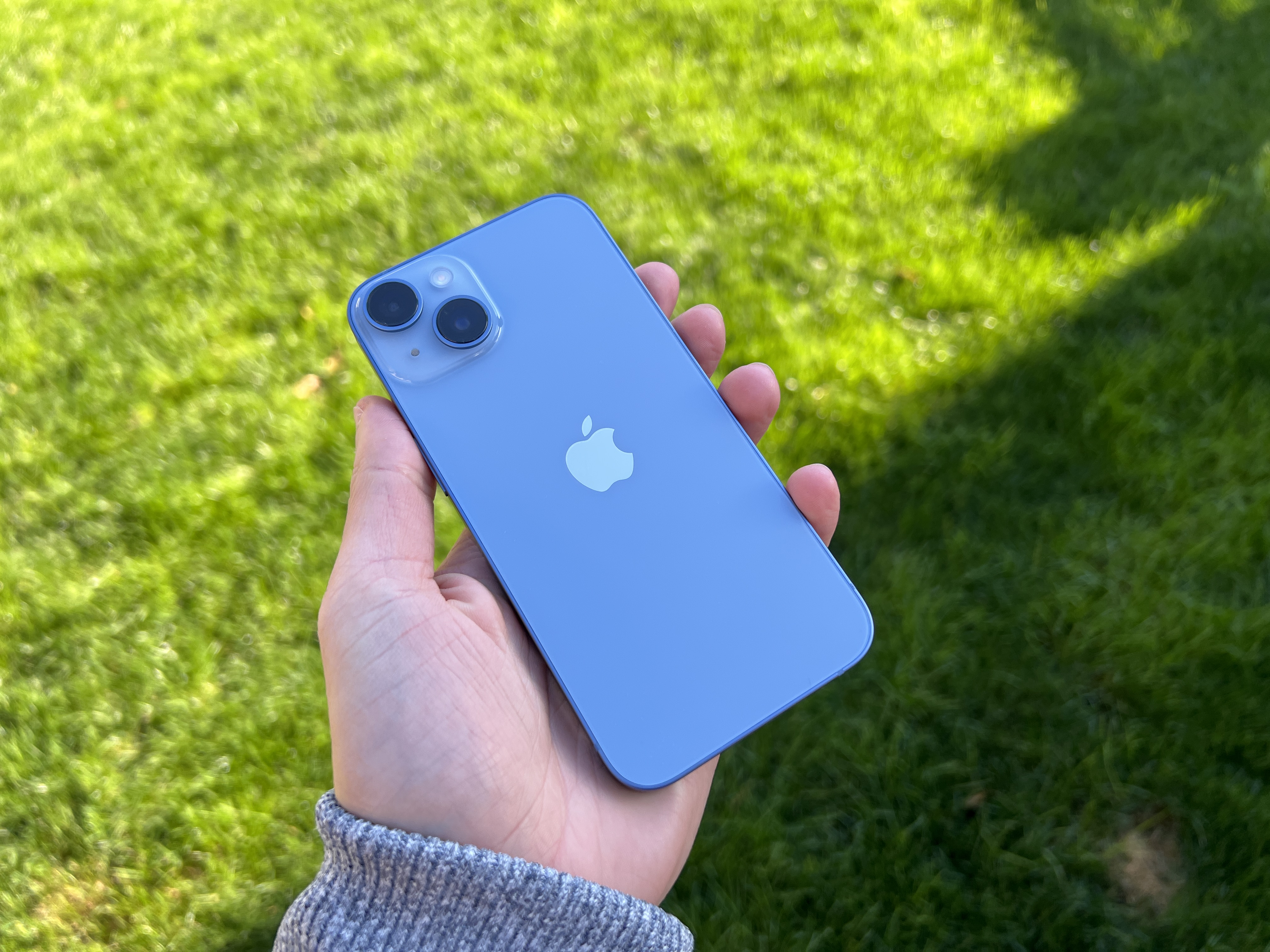
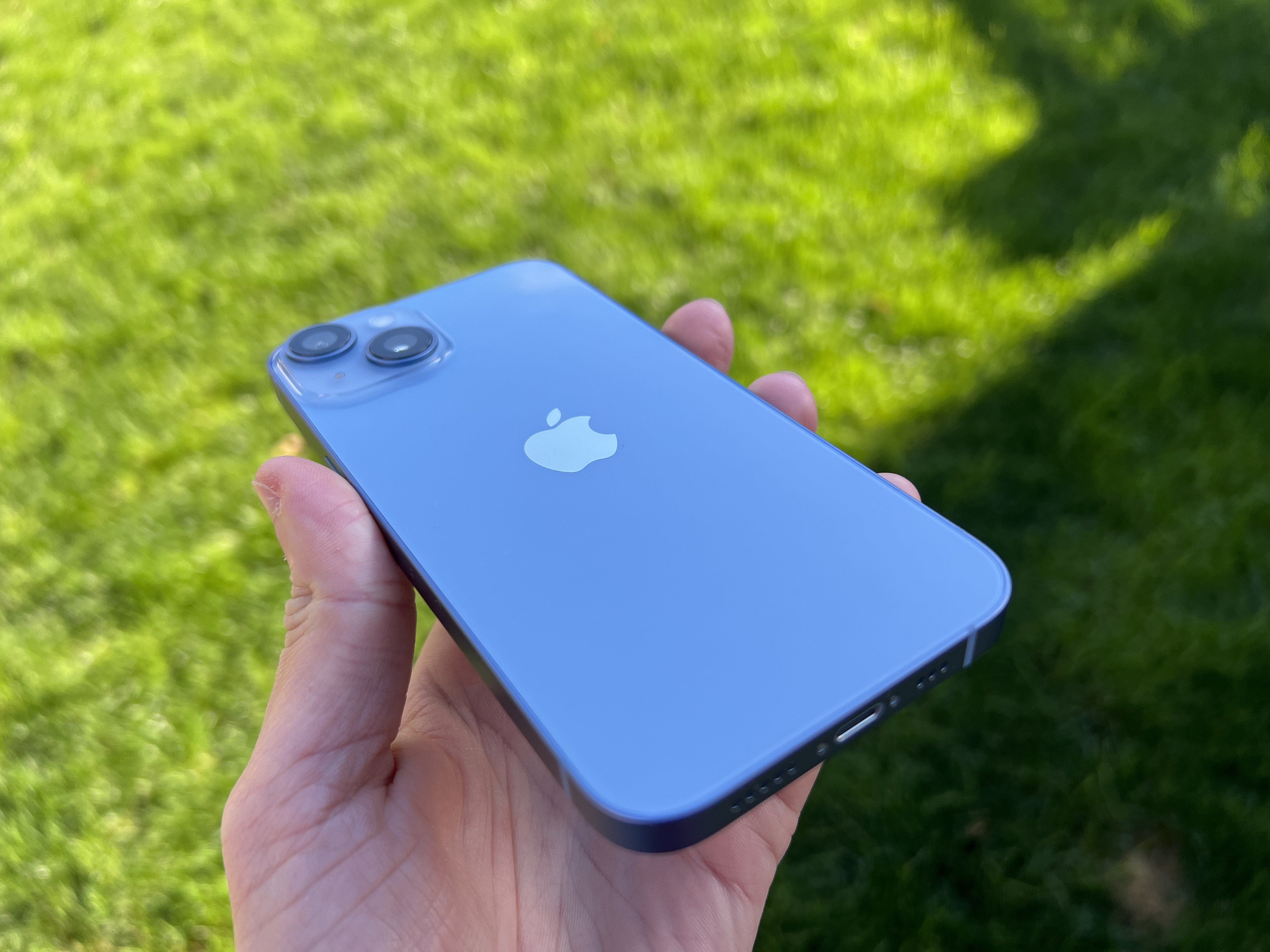


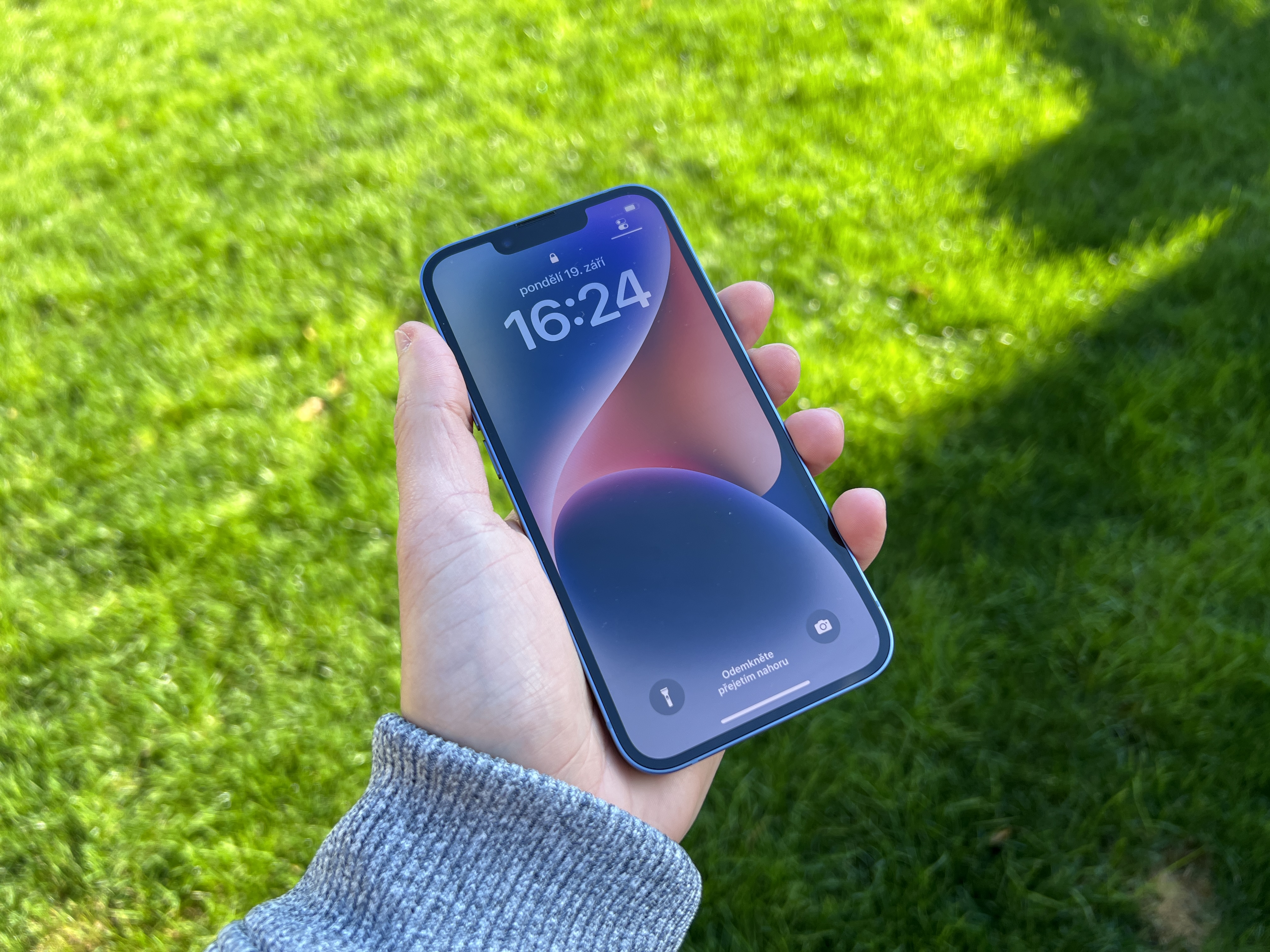
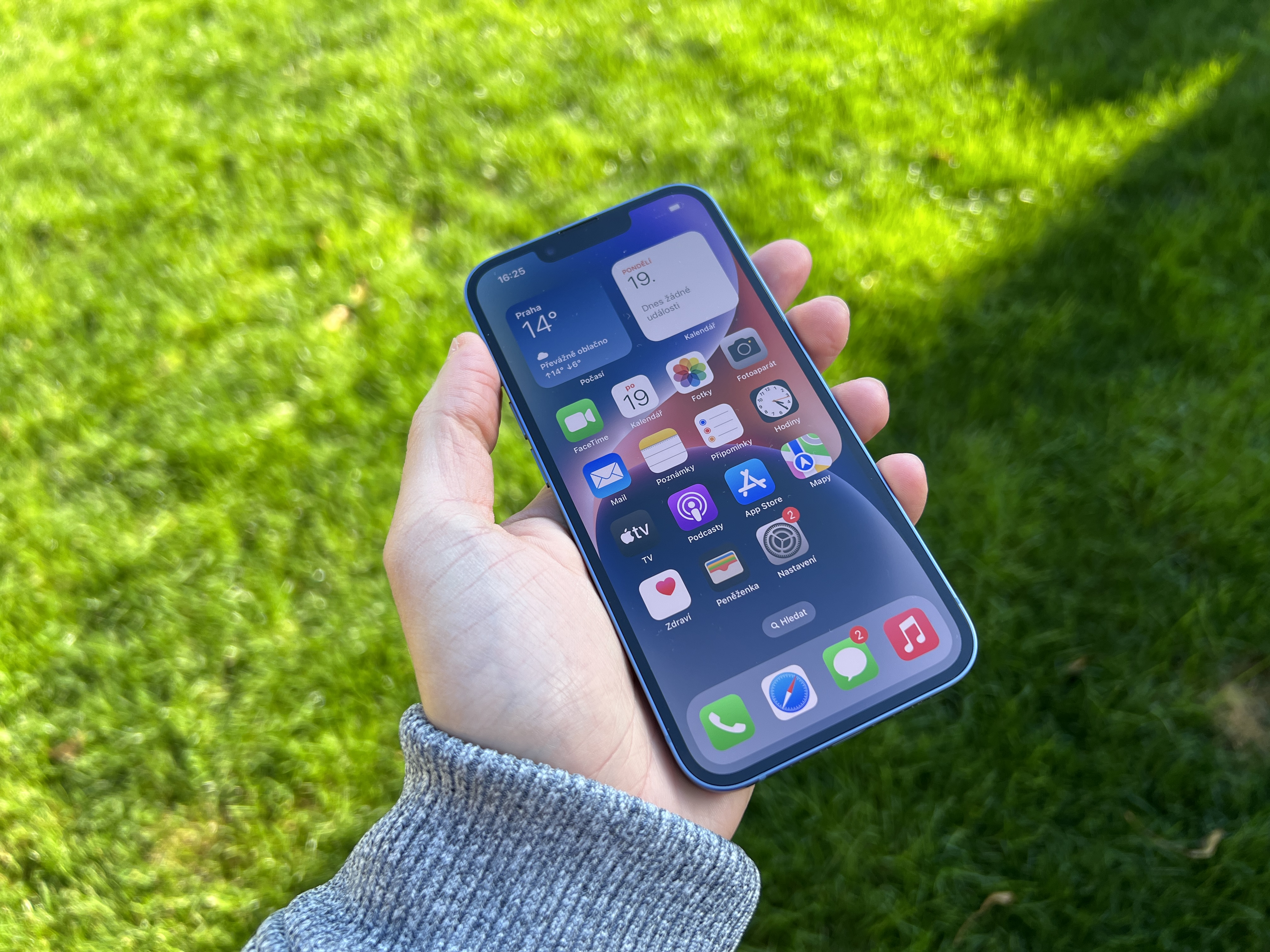
 Adam Kos
Adam Kos 